Susan's Blog - New York City Christmas 2016 (Day 4)
One thing that we had never done was to visit the United Nations, so we planned in advance and got a guided tour of the UN facility. The UN was established in 1945 after World War II in order to prevent another such conflict. At its founding, the UN had 51 member states; there are now 193. The UN has six principal organs: the General Assembly (the main deliberative assembly); the Security Council (for deciding certain resolutions for peace and security); the Economic and Social Council (ECOSOC) (for promoting international economic and social co-operation and development); the Secretariat (for providing studies, information, and facilities needed by the UN); the International Court of Justice (the primary judicial organ); and the United Nations Trusteeship Council (inactive since 1994).
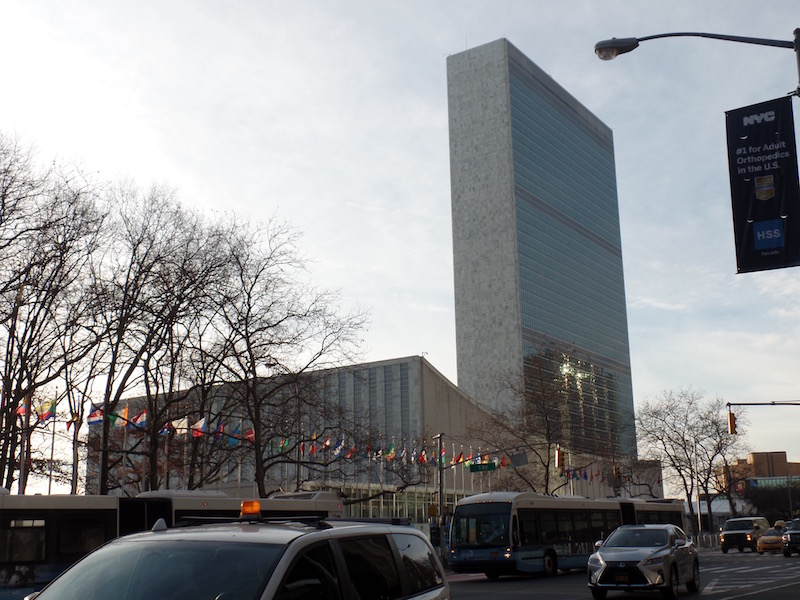
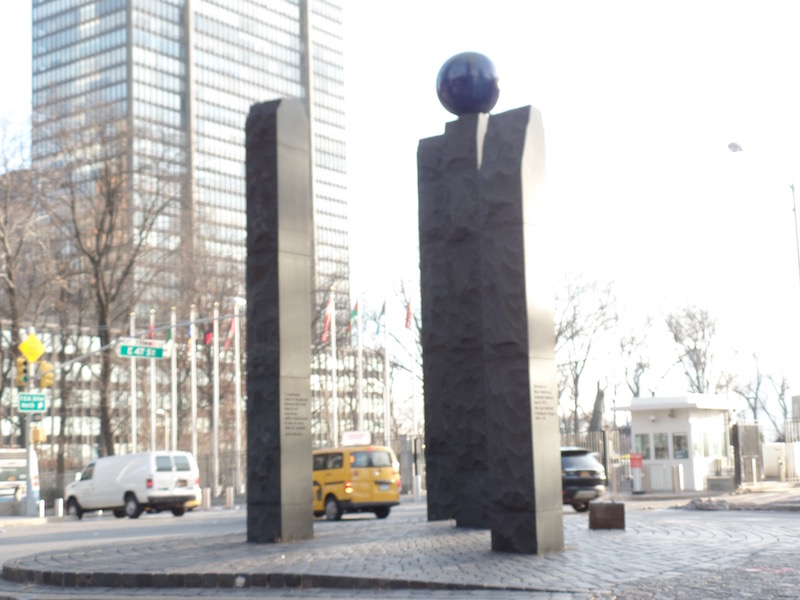
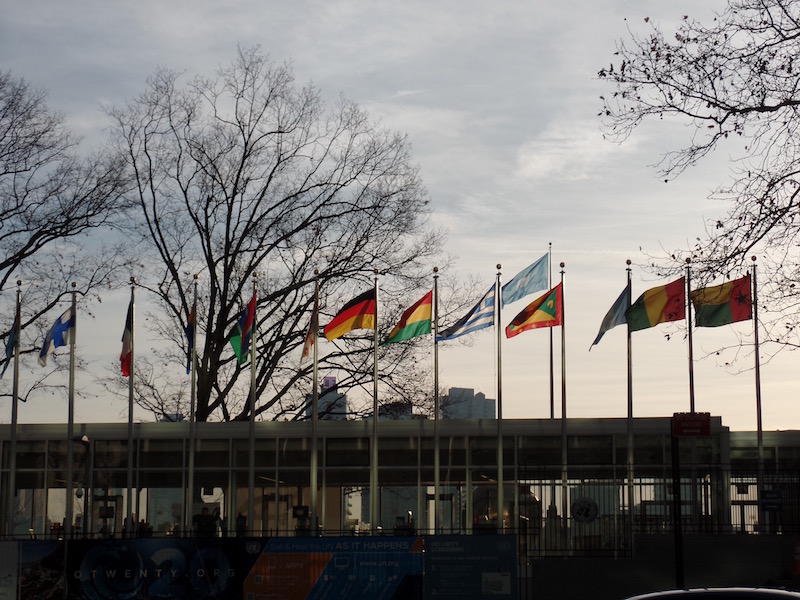
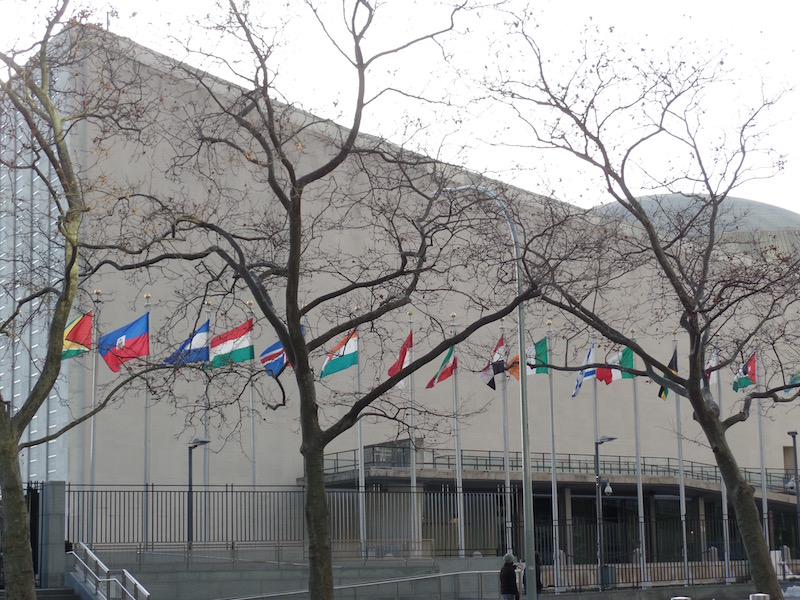
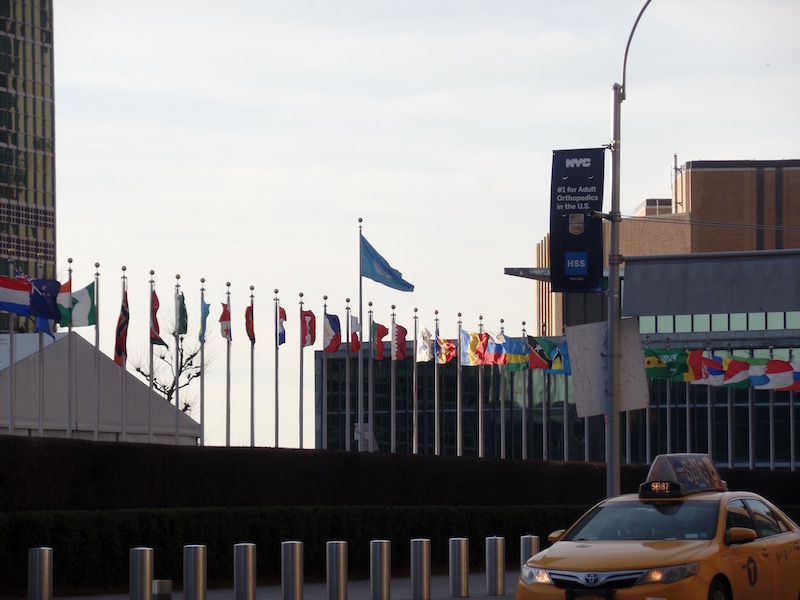
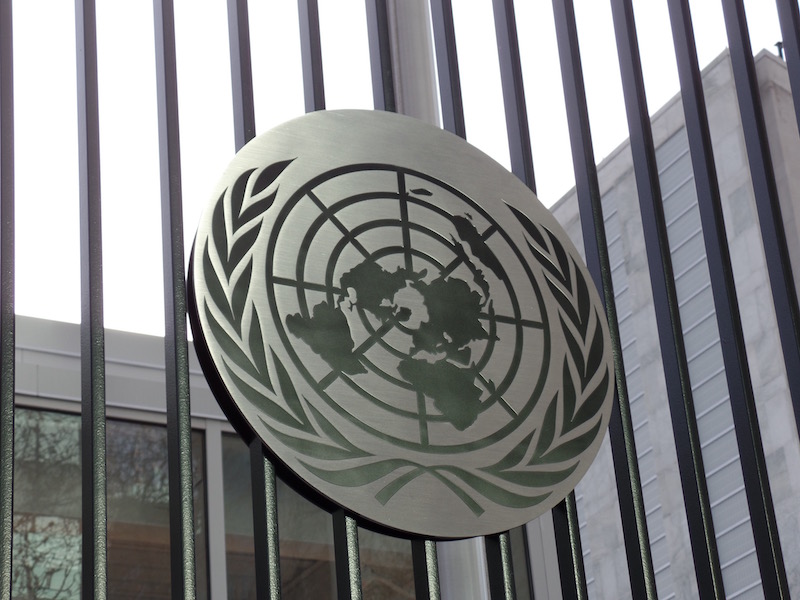
Outside in the plaza are various sculptures, like this first one .. the Sphere within Sphere by Arnaldo Pomodoro, which was a gift from Italy in 1996.
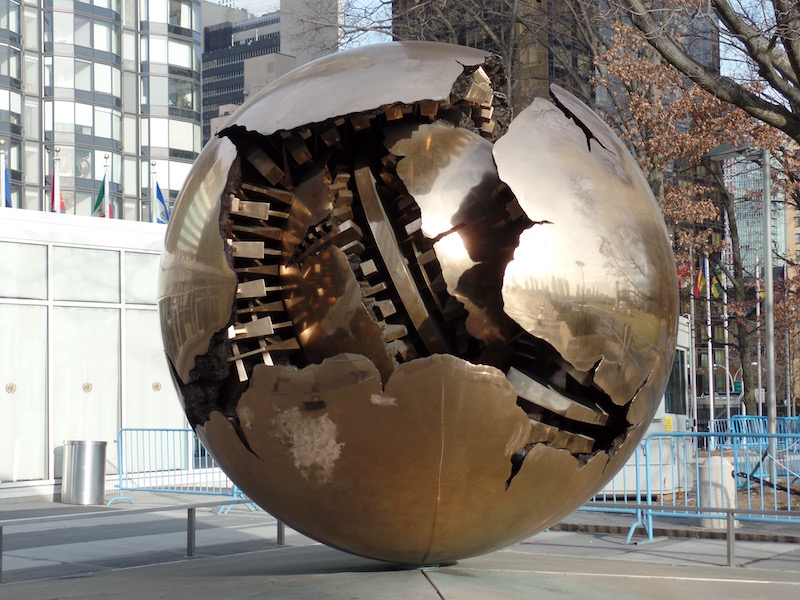
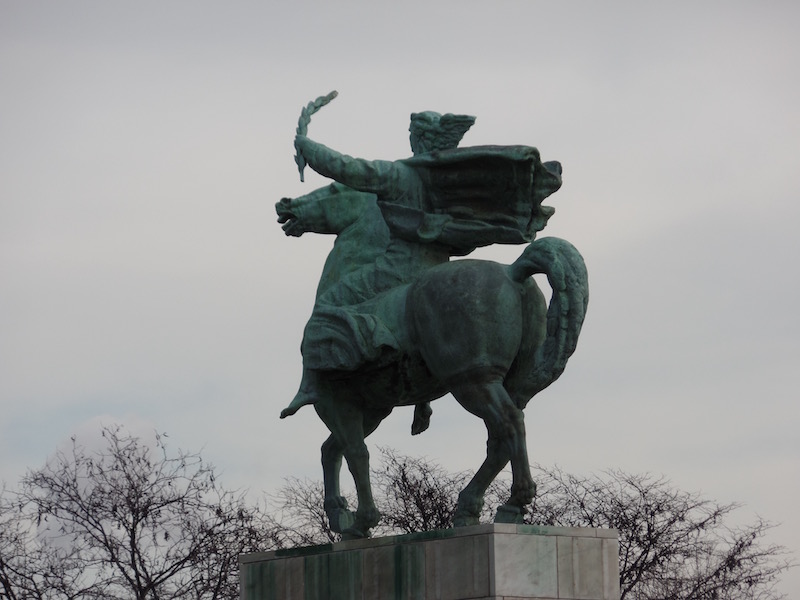
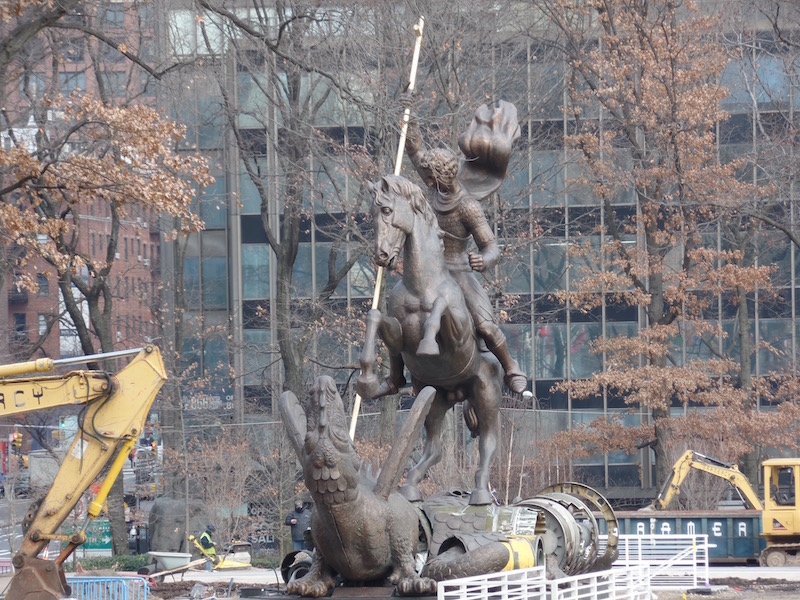
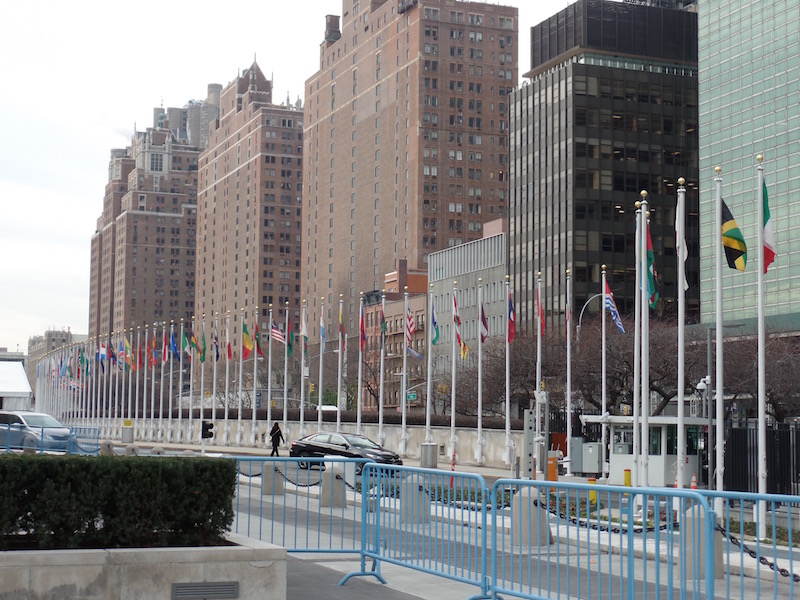
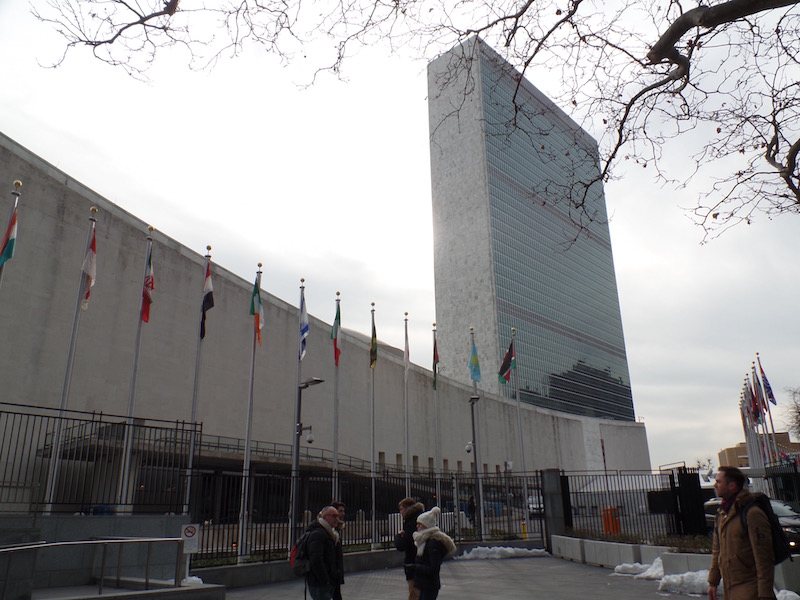
A view of a courtyard and flags from the 2nd floor.
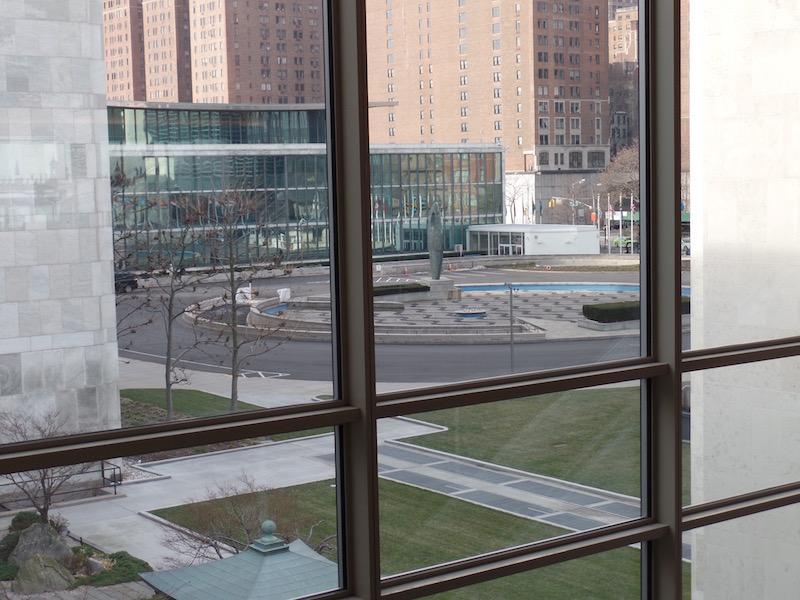
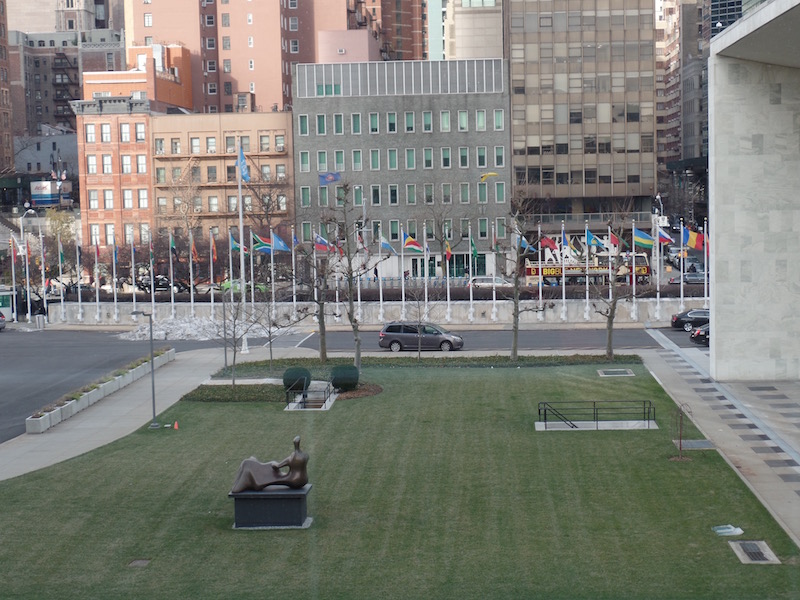
These are all pictures of a mural in United Nations Conference Building entitled "Mankind's struggle for lasting peace". The huge mural by Spanish artist Jose Vela Zanetti (20 yards long and nearly four yards high) depicts mankind's struggle for a lasting peace, beginning with the destruction of a family and ending with the resurrection, showing a bright-eyed child looking toward a generation of peace. Concentration camps, bombings and all the agony of modern war are symbolized in the painting, in the centre of which a gigantic four-armed figure is implanting the emblem of the United Nations, as mankind reconstructs a war-torn world.
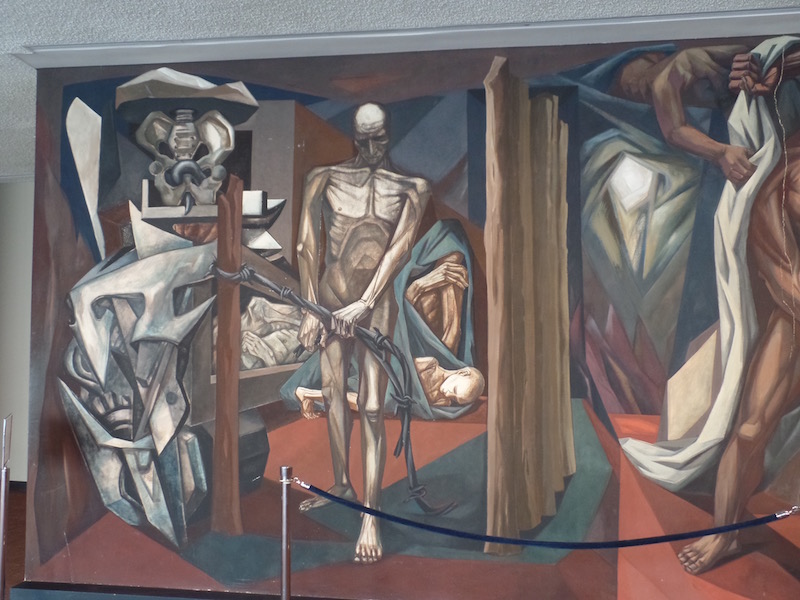
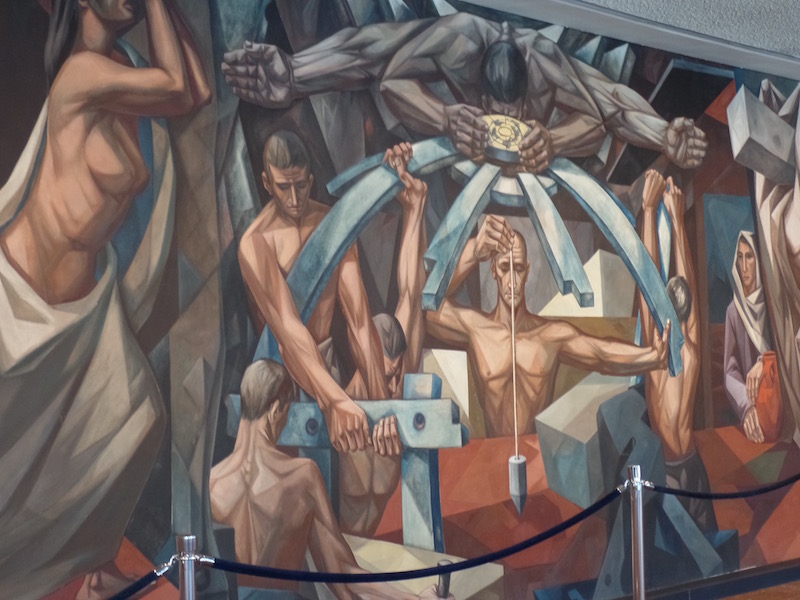
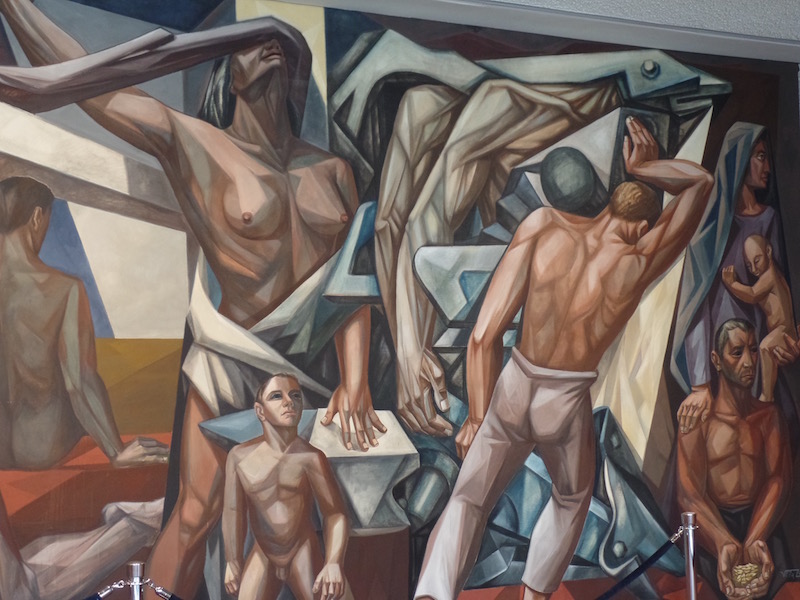
The United Nations Security Council (UNSC) is one of the six principal organs of the United Nations, charged with the maintenance of international peace and security as well as accepting new members to the United Nations and approving any changes to its United Nations Charter. Its powers include the establishment of peacekeeping operations, the establishment of international sanctions, and the authorization of military action through Security Council resolutions; it is the only UN body with the authority to issue binding resolutions to member states. The Security Council held its first session on 17 January 1946. Unfortunately, they were "in session" during the tour and so we couldn't go inside.
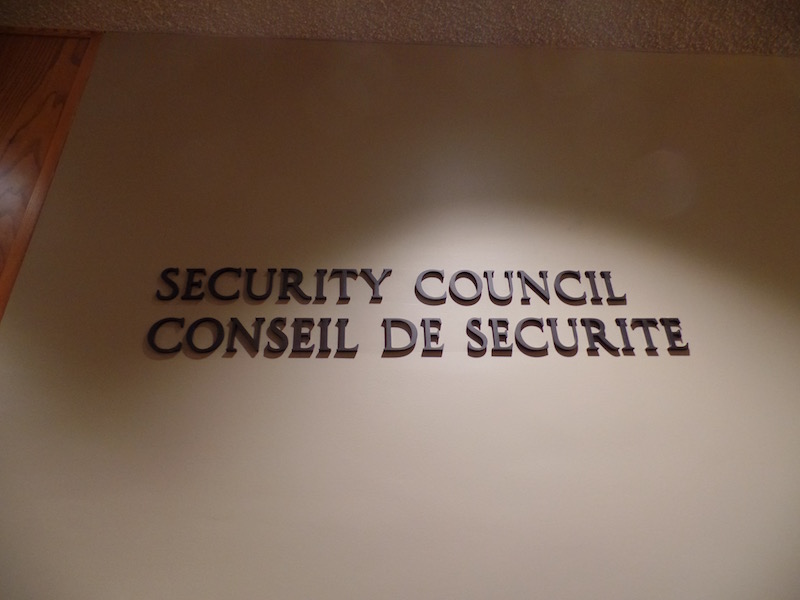
Outside of the chamber, there was a map that showed the various peacekeeping missions around the world.
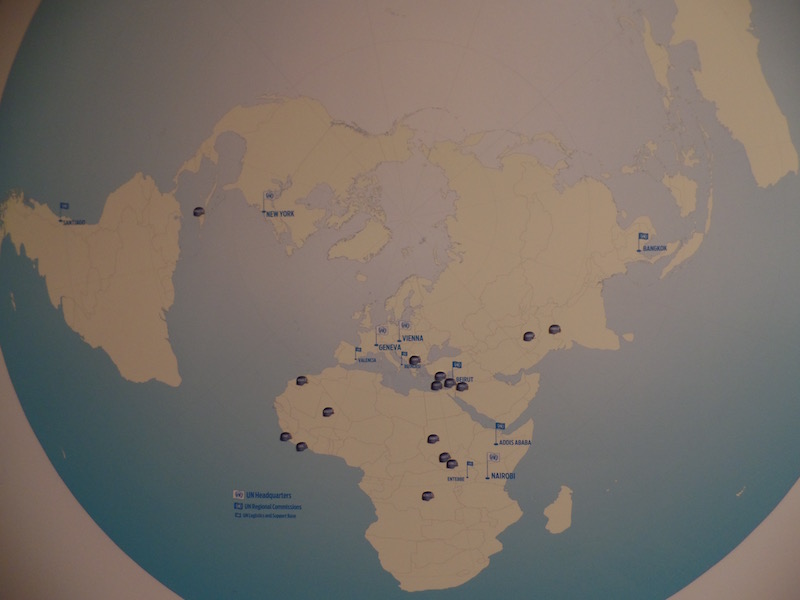
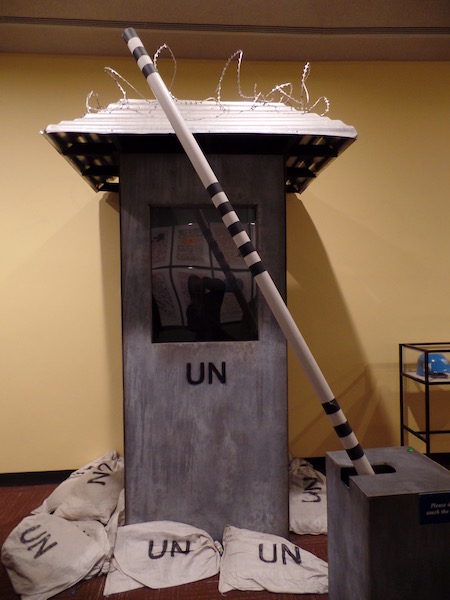
The Universal Declaration of Human Rights consists of 30 articles covering civil, political, economic, social, and cultural rights, and was proclaimed as a common standard for achievement for all peoples and all nations in 1948.
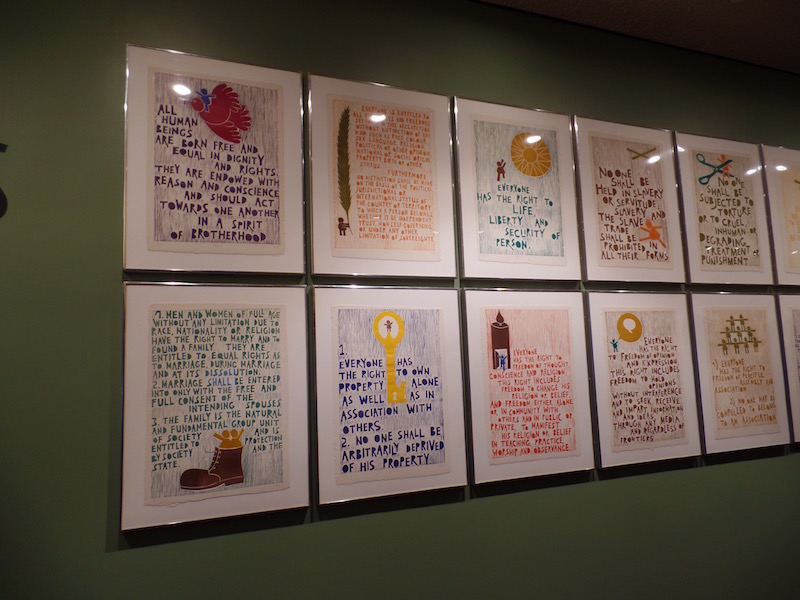
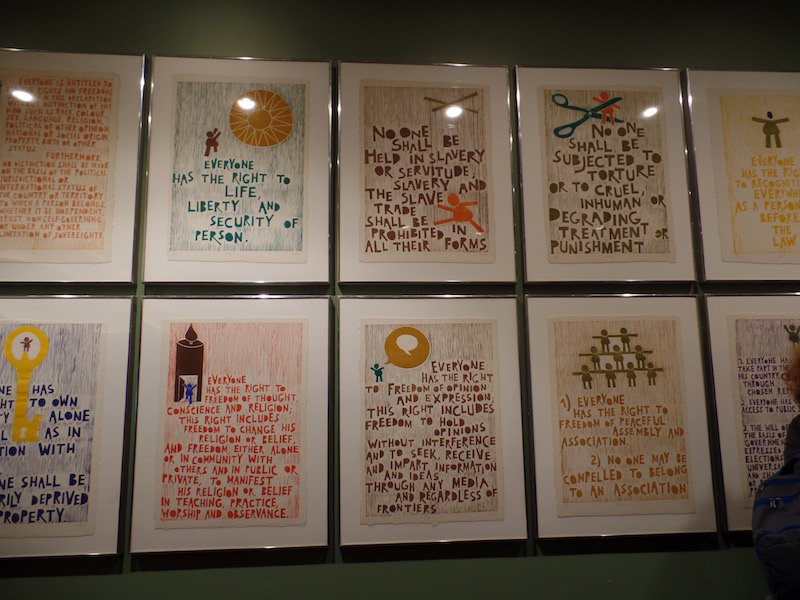
The Trusteeship Council was established to help ensure that trust territories were administered in the best interests of their inhabitants and of international peace and security. The trust territories, most of them former mandates of the League of Nations or territories taken from nations defeated at the end of World War II, have all now attained self-government or independence, either as separate nations or by joining neighboring independent countries. The last was Palau, formerly part of the Trust Territory of the Pacific Islands, which became a member state of the United Nations in December 1994. The Trusteeship Council suspended its operation on 1 November 1994, and although under the United Nations Charter it continues to exist on paper, its future role and even existence remains uncertain.
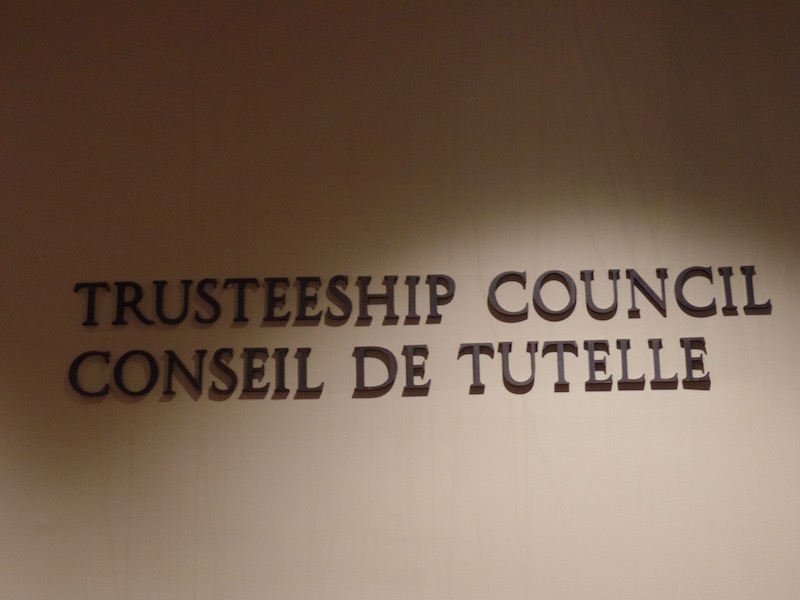
The chamber itself is still there and sometimes used for different purposes. The statue in the corner is meant to depict peace.
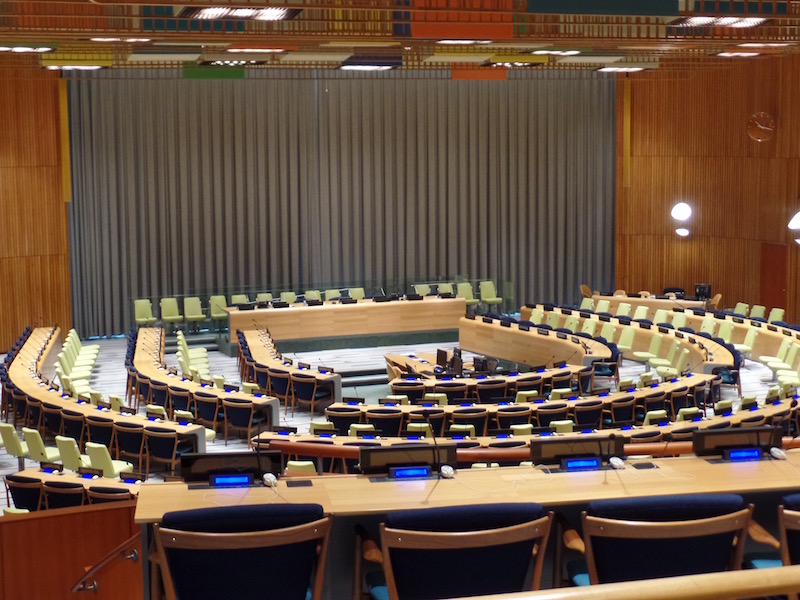
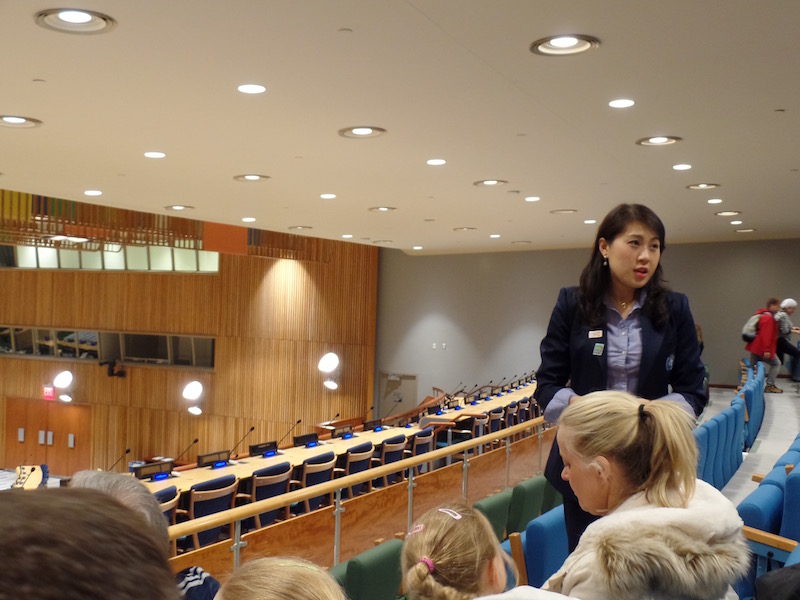
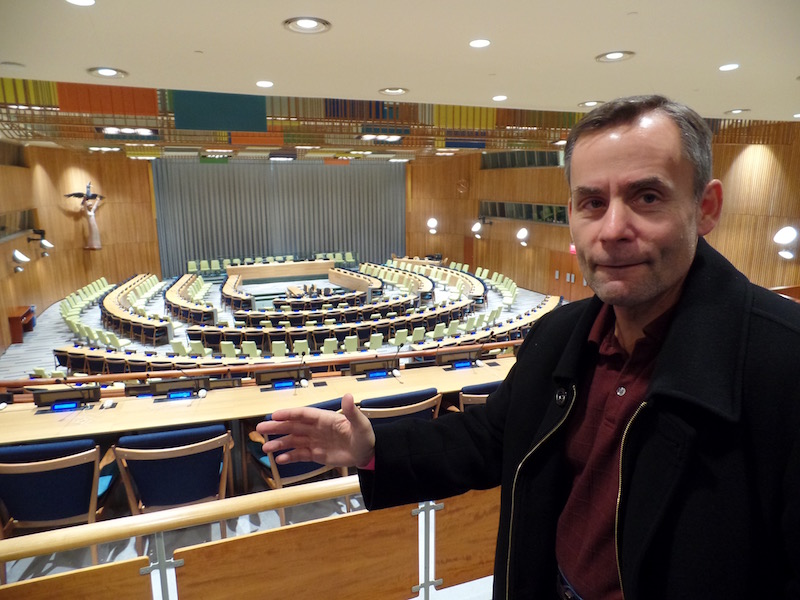
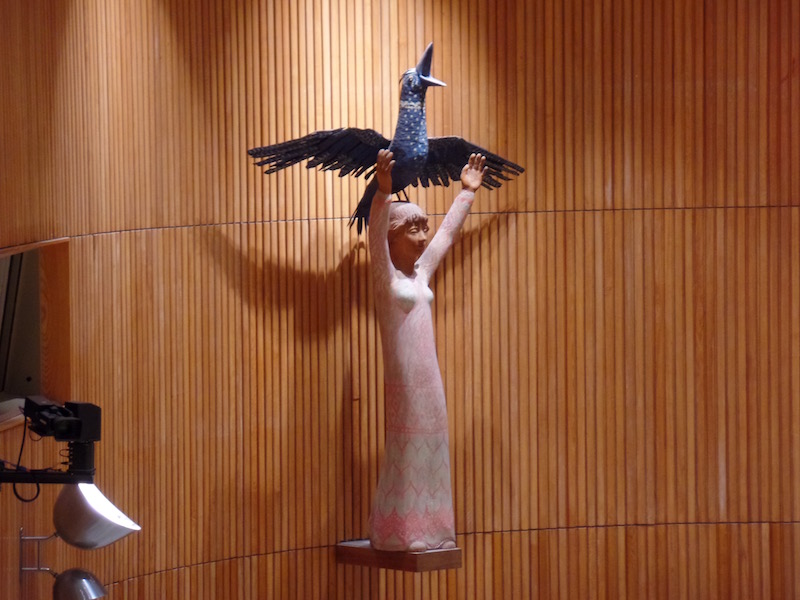
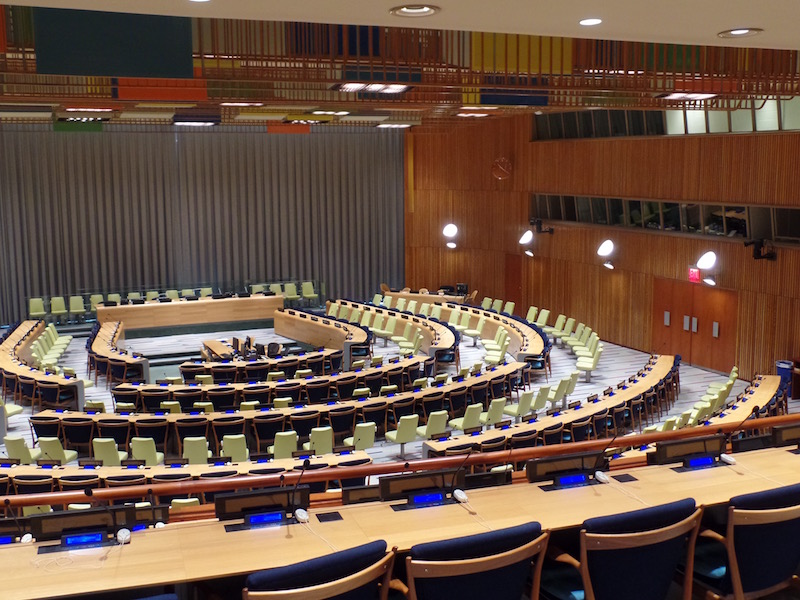
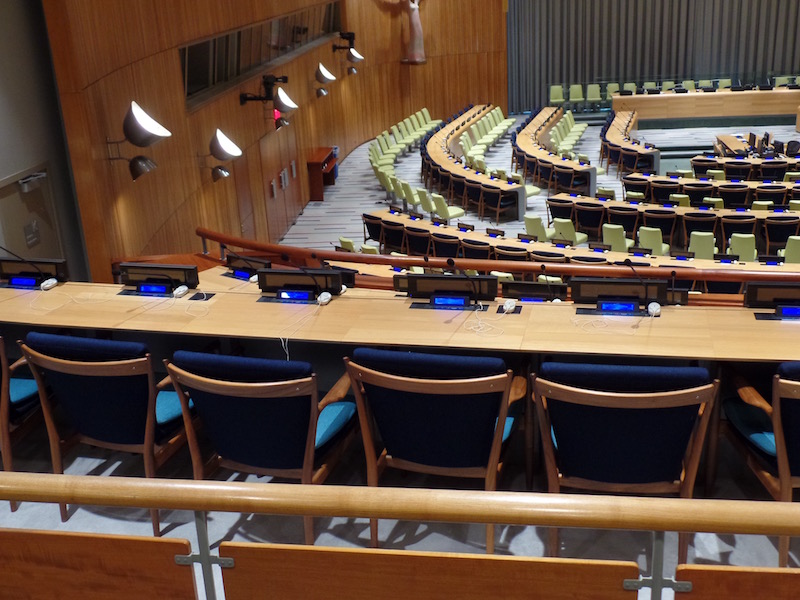
The Economic and Social Council, which has 54 members, is responsible for coordinating the economic, social, and related work of 15 UN specialized agencies, their functional commissions and five regional commissions. It serves as the central forum for discussing international economic and social issues, and for formulating policy recommendations addressed to member states and the United Nations system. A number of non-governmental organizations have been granted consultative status to the Council to participate in the work of the United Nations.
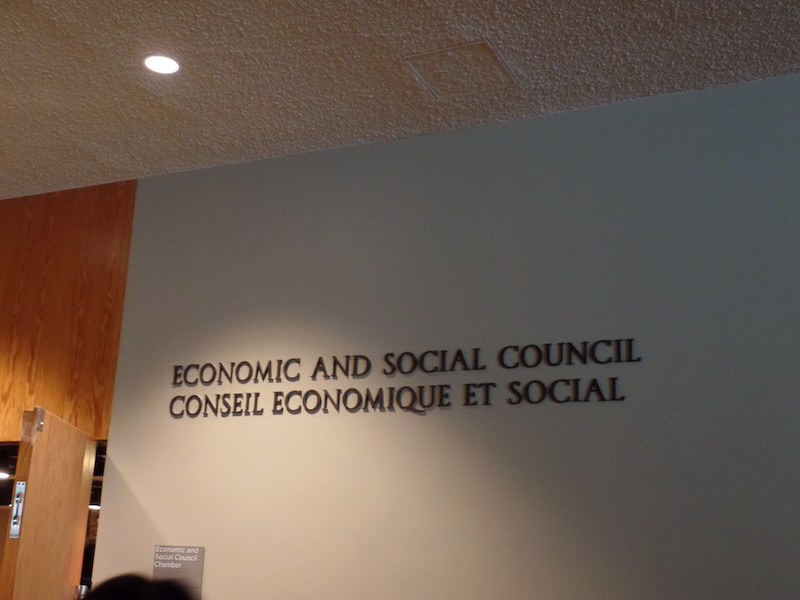
The chamber was a gift from Sweden, conceived by Swedish architect Sven Markelius who was one of the 11 architects in the international team that designed the UN headquarters. Wood from Swedish pine trees was used in the delegates' area for the railings and doors. The pipes and ducts in the ceiling above the public gallery were deliberately left exposed; the architect believed that anything useful could be left uncovered. The "unfinished" ceiling is a symbolic reminder that the economic and social work of the United Nations is never finished; there will always be something more which can be done to improve living conditions for the world's people. Along the sides are booths for translations, and the chairs have headphone jacks for people to plug into those translations.
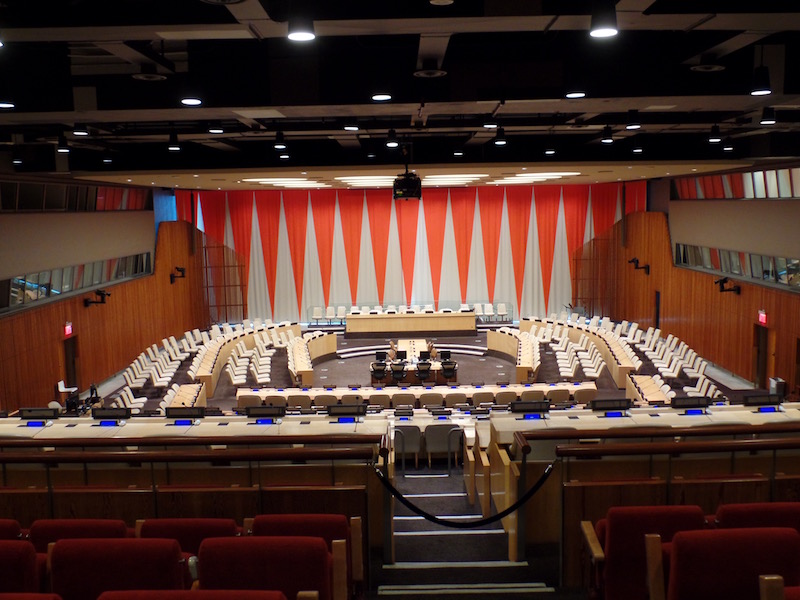
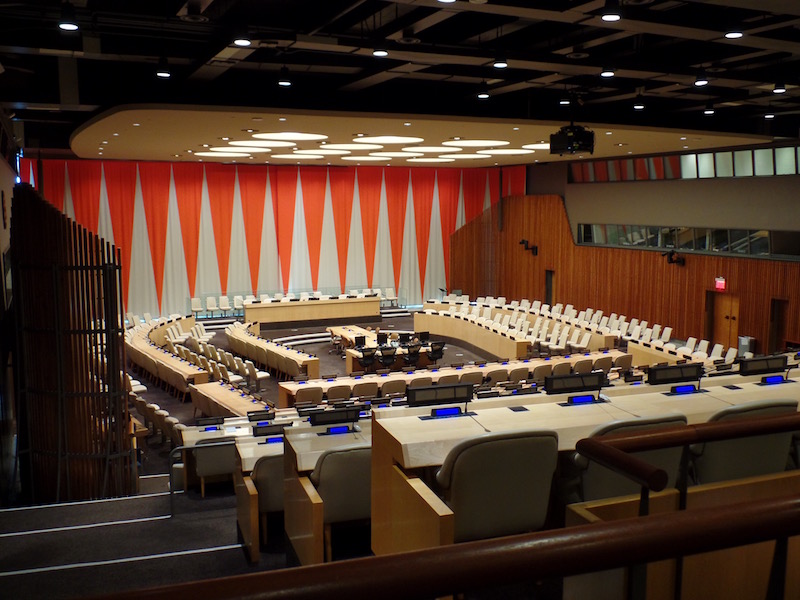
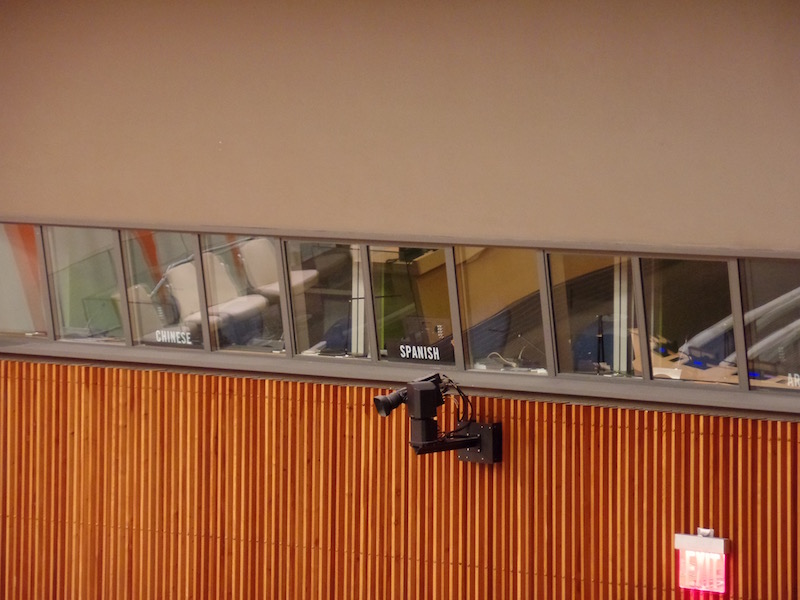
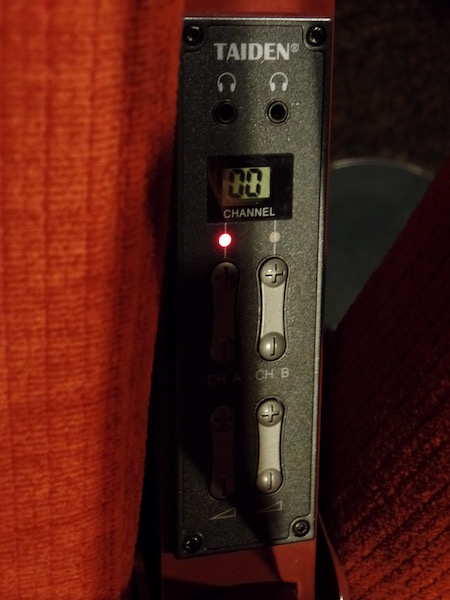
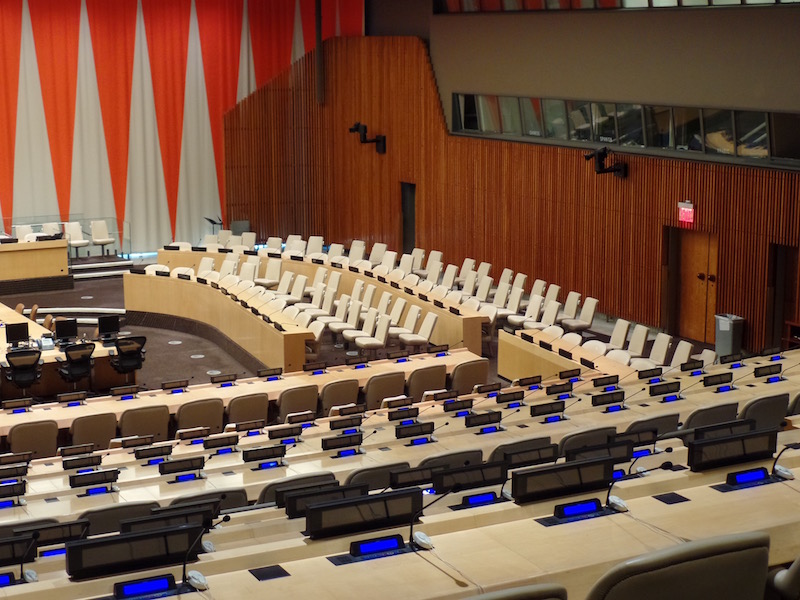
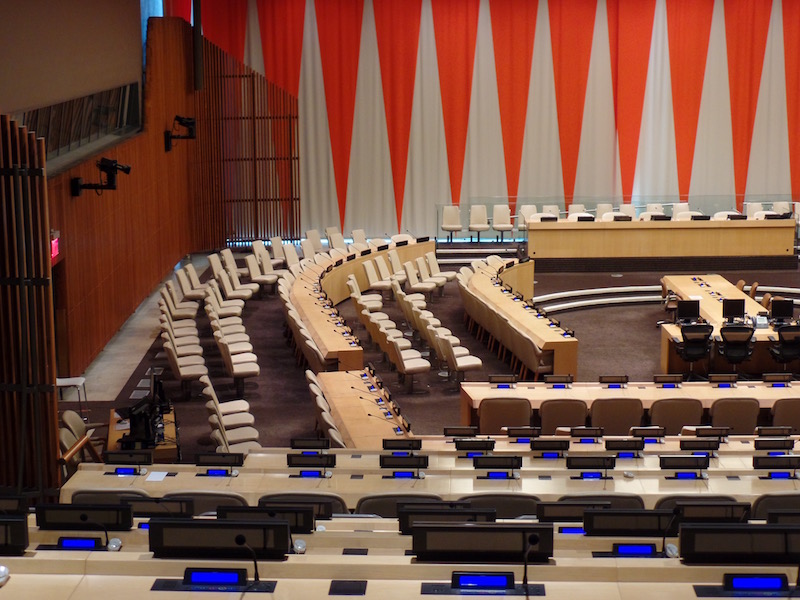
This is a large mosaic of Norman Rockwell's iconic 1961 illustration, Golden Rule. From photographs he'd taken on his 1955 round-the-world Pam Am trip, Rockwell referenced native costumes and accessories and how they were worn. He picked up a few costumes and devised some from ordinary objects in his studio, such as using a lampshade as a fez. Many of Rockwell's models were local exchange students and visitors. In a 1961 interview, indicating the man wearing a wide brimmed hat in the upper right corner, Rockwell said, "He's part Brazilian, part Hungarian, I think. Then there is Choi, a Korean. He's a student at Ohio State University. Here is a Japanese student at Bennington College and here is a Jewish student. He was taking summer school courses at the Indian Hill Museum School." Pointing to the rabbi, he continued, "He's the retired postmaster of Stockbridge. He made a pretty good rabbi, in real life, a devout Catholic. I got all my Middle East faces from Abdalla who runs the Elm Street market, just one block from my house."
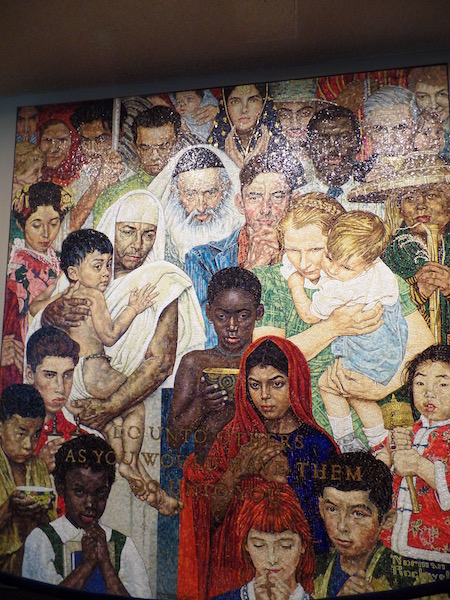
The mural painting "Titans" by Lumen Martin Winter, which commemorates the United Nations World Youth Assembly. The mural measures 8x18, is oil pigments on linen canvas and is on the third floor of the General Assembly Building. Based on the colors of the light spectrum representing the basic colors and creeds of all nations, the painting depicts five giants representing the five continents moving the world out of darkness into light. The technique is the artist's own pointillist style-more like the dots and dashes of a television screen or the light rays of a computer than those of Seurat. Winter chose light and color as a basic element of visual form to express an inner, more prismatic concept of nature, the hope of world youth, rather than a surface view
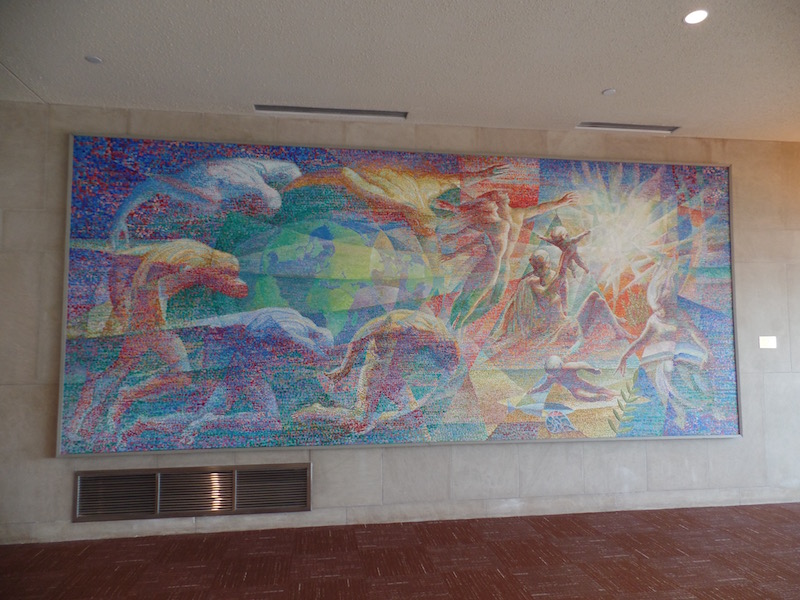
We went by this one area that talked about military expenditures and the comparison of that to the annual expenditures of other things, like the UN regular budget.
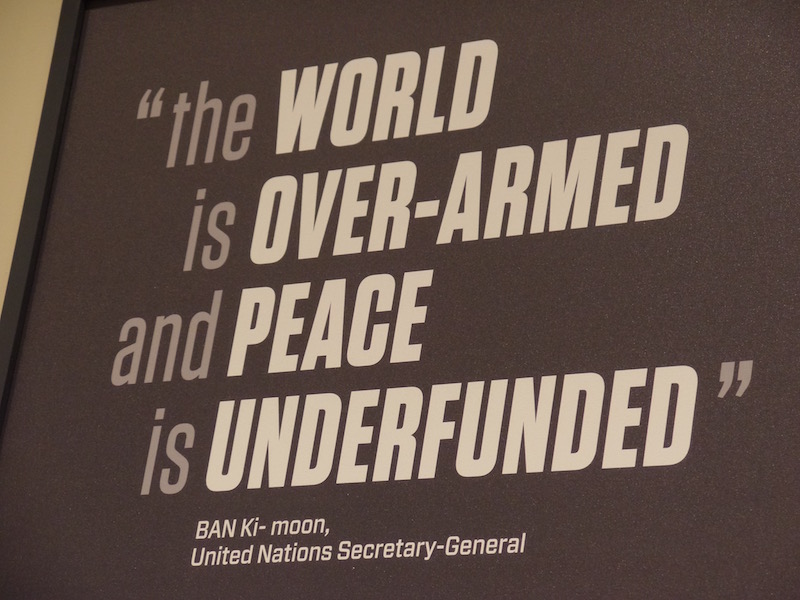
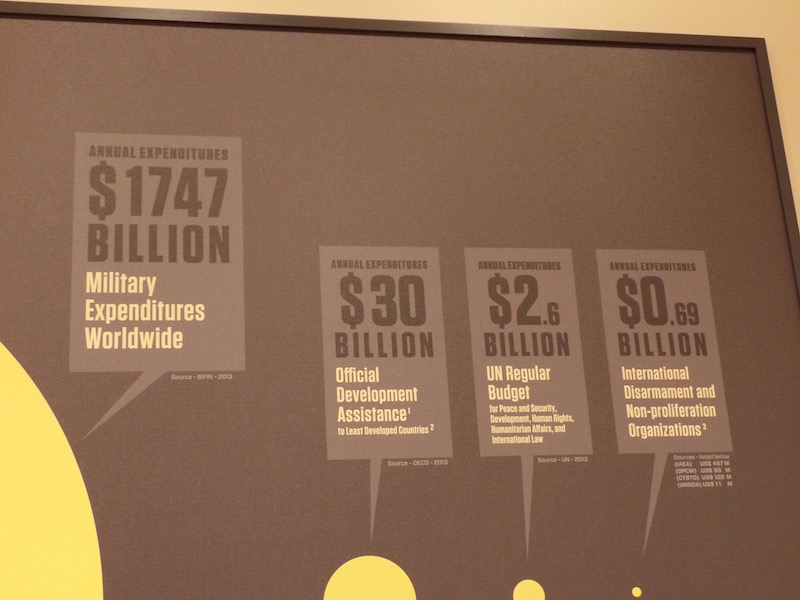
The damaged statue of St. Agnes found in the ruins of a Roman Catholic Cathedral in Nagasaki, Japan in 1945. The Cathedral was completely destroyed when the atomic bomb exploded about half a kilometer away. The charring and mottling are the result of the intense heat and radiation.
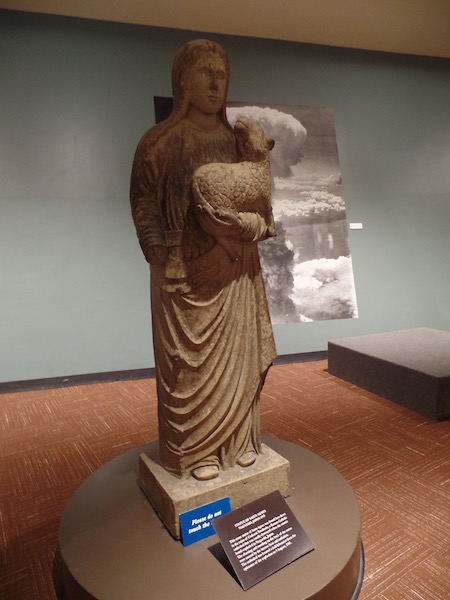
The General Assembly is the main deliberative assembly of the United Nations. Composed of all United Nations member states, the assembly meets in regular yearly sessions, but emergency sessions can also be called. The assembly is led by a president, elected from among the member states on a rotating regional basis, and 21 vice-presidents. The first session convened 10 January 1946 in the Methodist Central Hall Westminster in London and included representatives of 51 nations. The hall is 165 feet long by 115 feet wide and has a seating capacity of 1,800. The Hall has two murals by the French artist Fernand Leger. At the front of the chamber, is the rostrum containing the green marble desk for the President of the General Assembly, Secretary-General and Under-Secretary-General for General Assembly Affairs and Conference Services and matching lectern for speakers. Behind the rostrum is the UN emblem on a gold background. Flanking the rostrum is a paneled semi-circular wall that tapers as it nears the ceiling and surrounds the front portion of the chamber. In front of the paneled walls are seating areas for guests and within the wall are windows which allow translators to watch the proceedings as they work. The ceiling of the hall is 75 ft high and surmounted by a shallow dome ringed by recessed light fixtures. The entrance to the hall bears an inscription from the Gulistan by Iranian poet Saadi. The General Assembly Hall was last altered in 1980 when capacity was increased to accommodate the increased membership. Each of the 192 delegations has six seats in the hall with three at a desk and three alternate seats behind them.
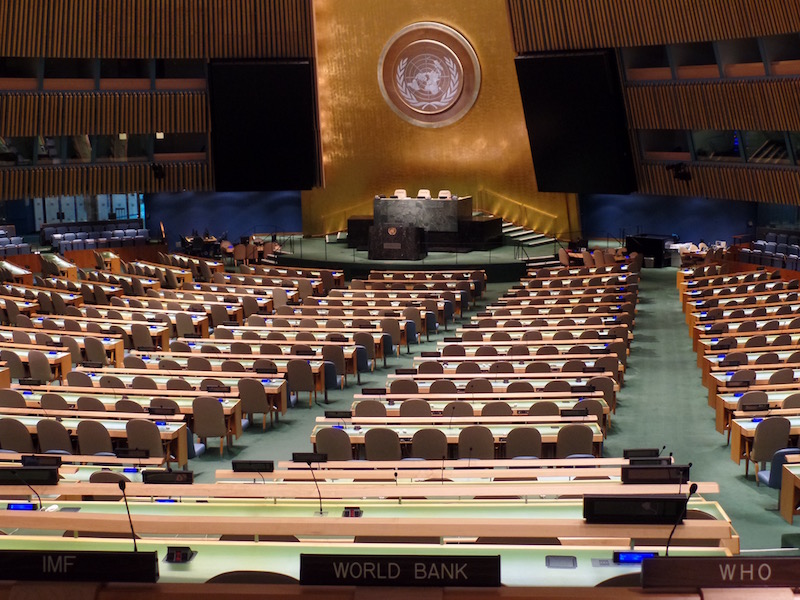
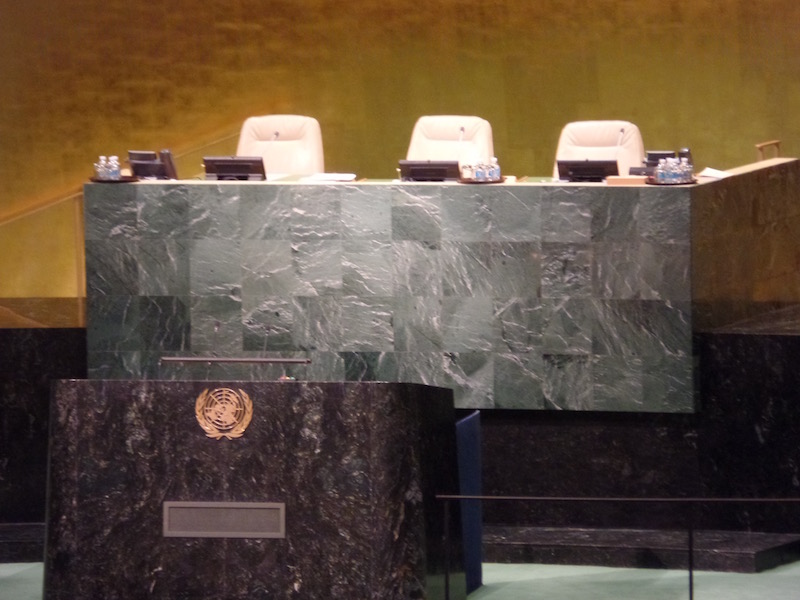
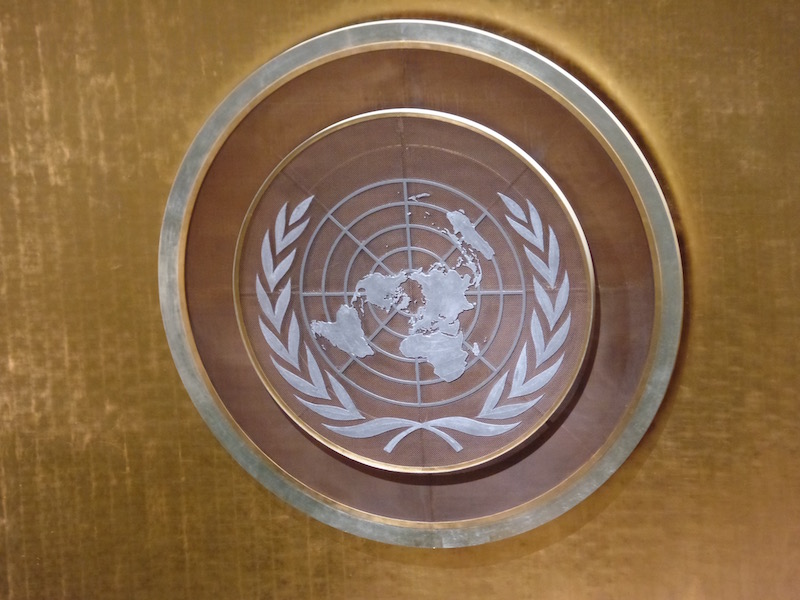
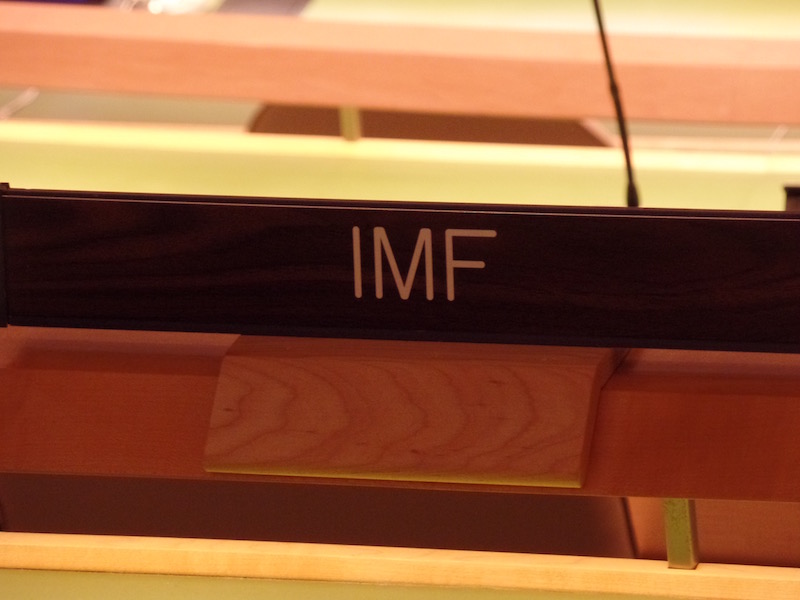
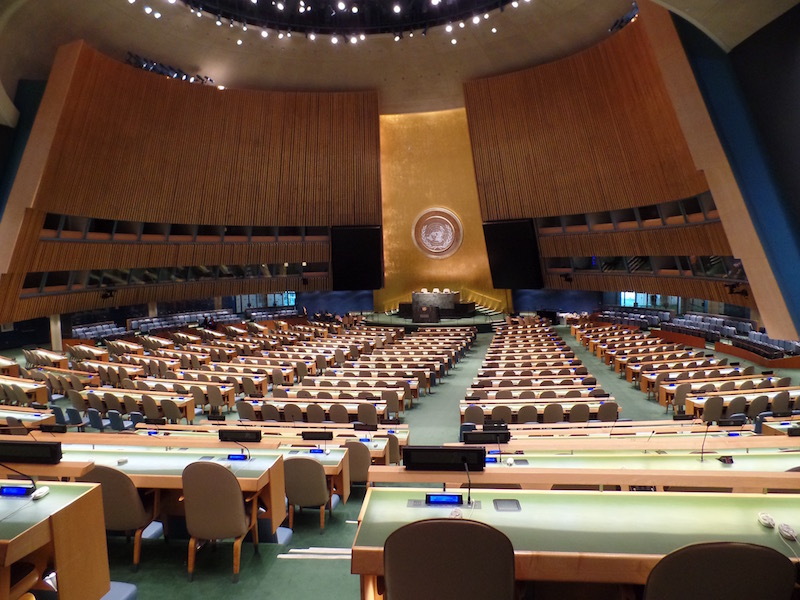
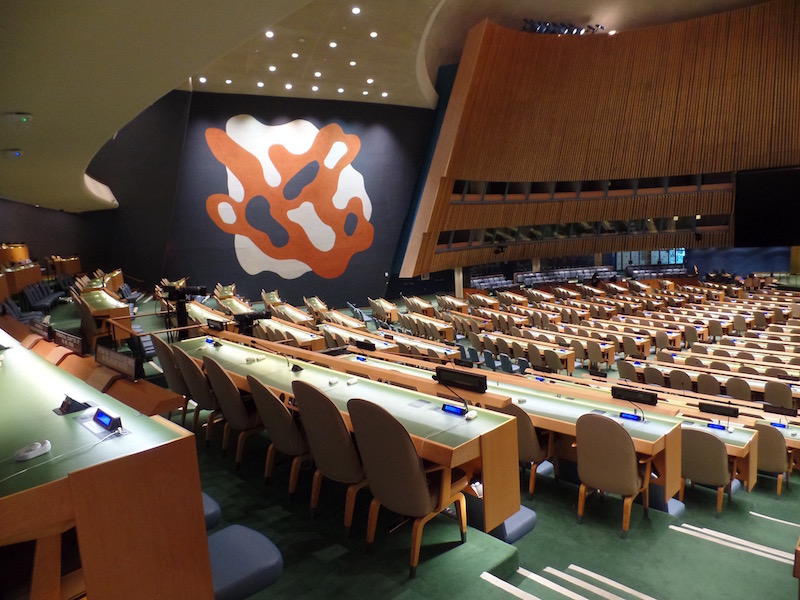
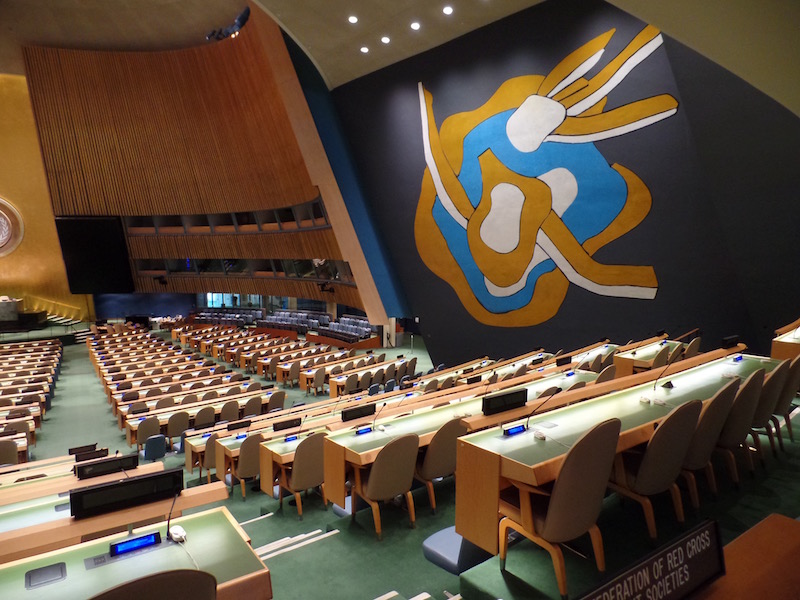
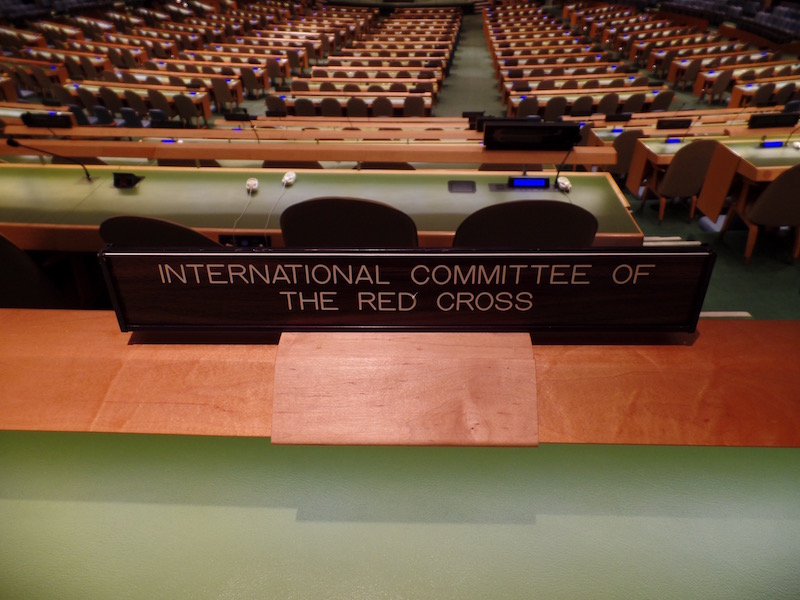
As we were heading out, we grabbed some pictures of the lobby.
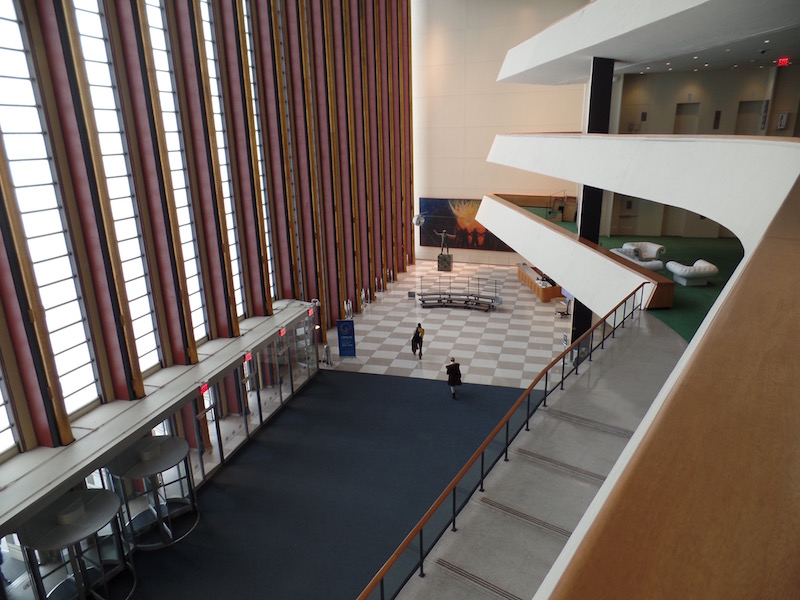
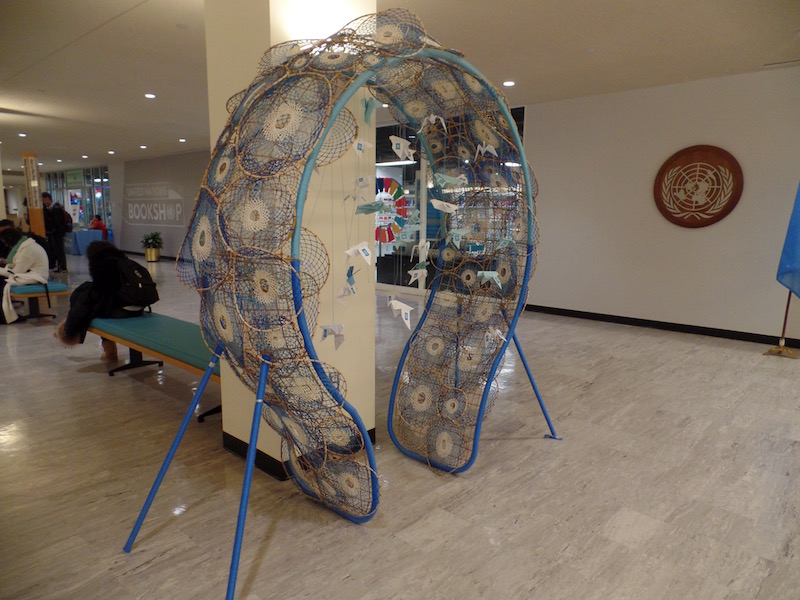
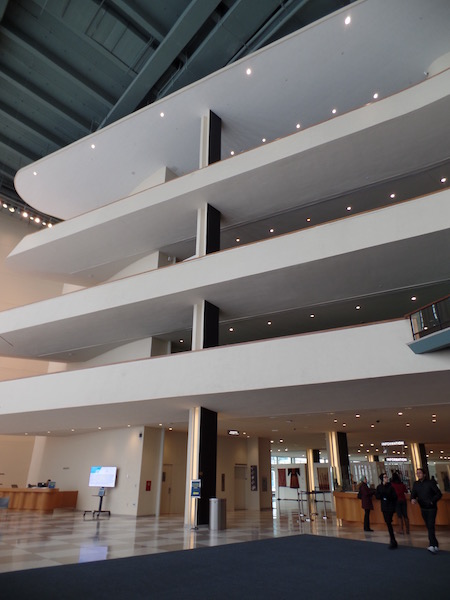
For lunch, we headed to a place called Sugar and Plumm. It is more of a dessert shop than a lunch place, but they had a variety of sandwiches and was close to the museum that we were going to next. Mind you, they were SO big that we really could have shared one! I went with the house-smoked salmon panini with cream cheese, capers, red onion, roasted tomato, and baby arugula along with a side of purple potato chips. Tom had the Cuban panini, which had 72-hour house smoked pork, ham, gruyere cheese, pickle, house mustard, and a lemon-garlic mojo.
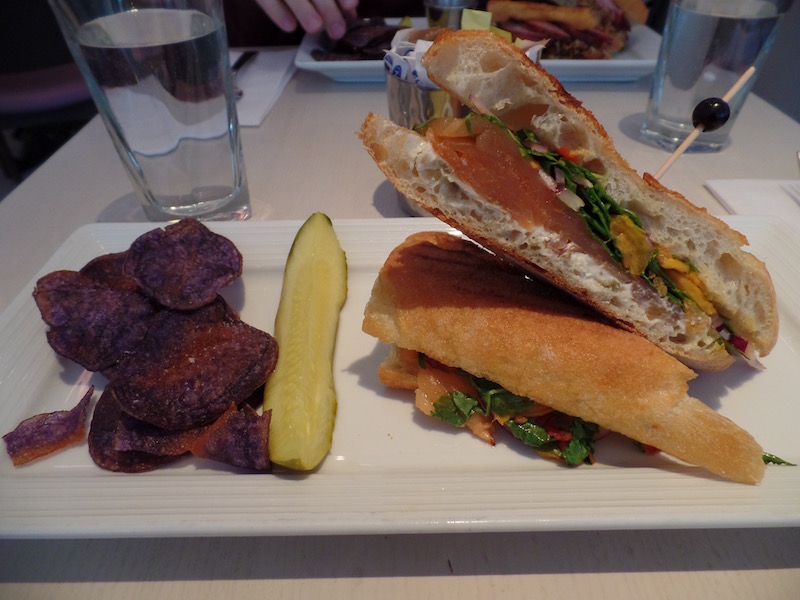
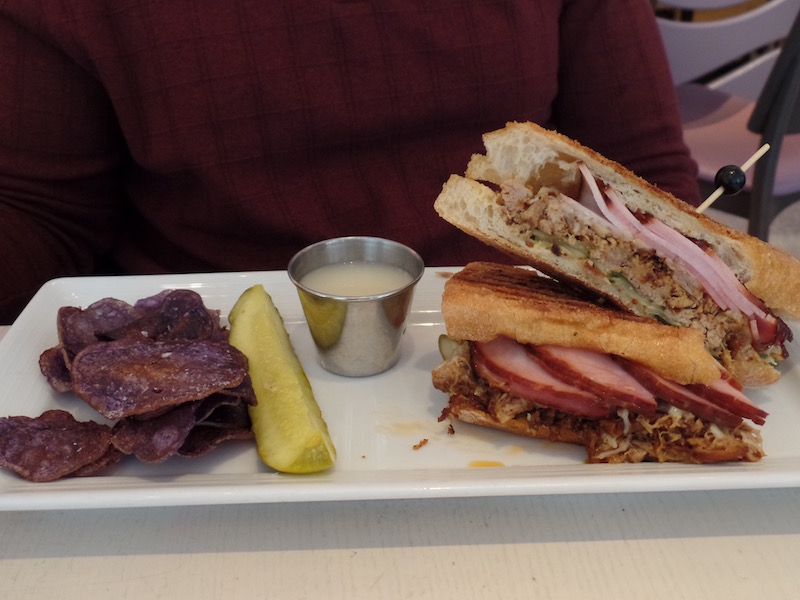
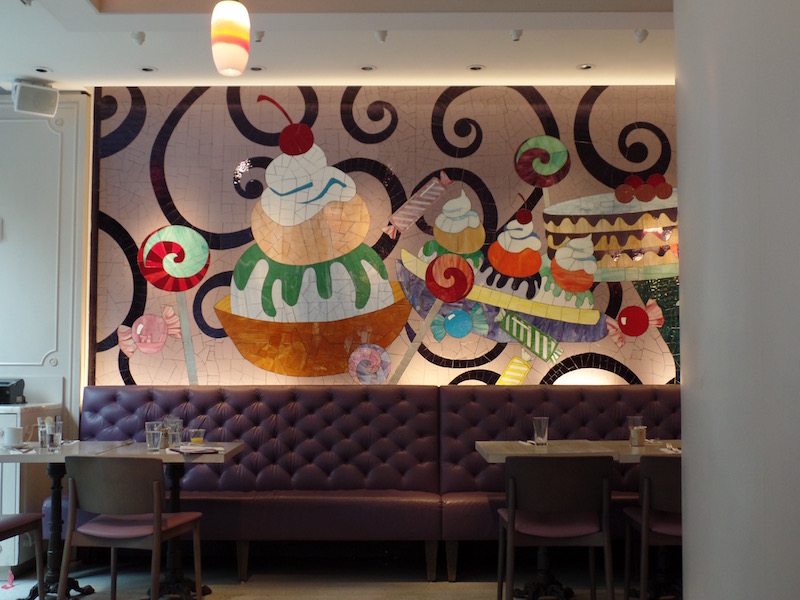
Then we went to the American Museum of Natural History, which is one of the largest museums in the world. The museum complex comprises 28 interconnected buildings housing 45 permanent exhibition halls, in addition to a planetarium and a library. The museum collections contain over 33 million specimens of plants, animals, fossils, minerals, rocks, meteorites, human remains, and human cultural artifacts, of which only a small fraction can be displayed at any given time, and occupies more than 2,000,000 square feet. We only took a few pictures, but here they are:
The Titanosaur is one of the largest dinosaurs ever discovered, and lived 100 million years ago. It is so big that the head pokes out through the exhibition hall. Researchers dug up the bones in a desert region of Argentine Patagonia, after a farmer found what he suspected to be fossils.
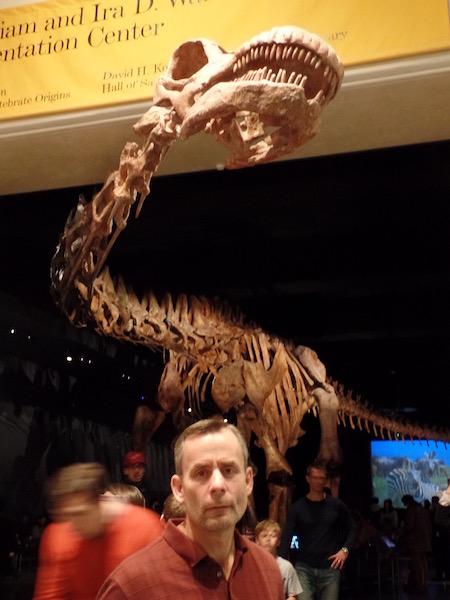
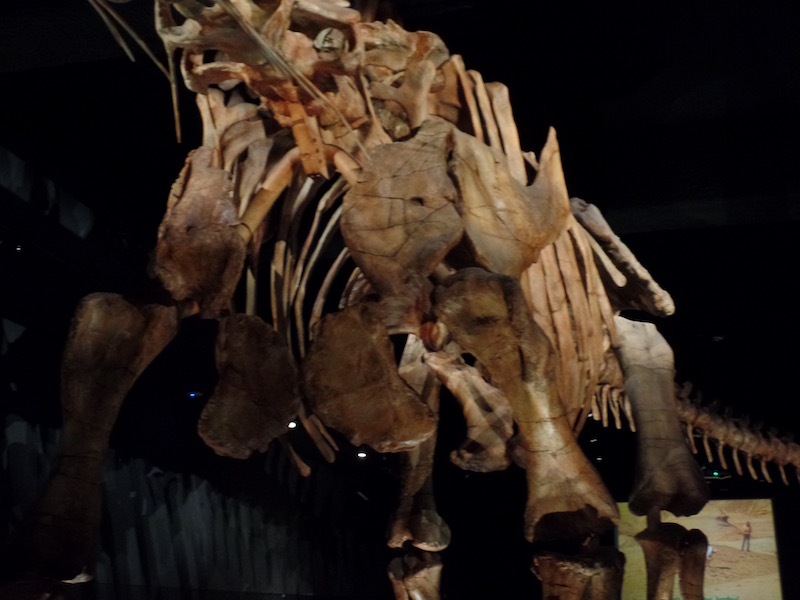
This is the Titanosaur forelimb. Based on the size of the front leg, this titanosaur was 20 feet from the ground at its' shoulder.
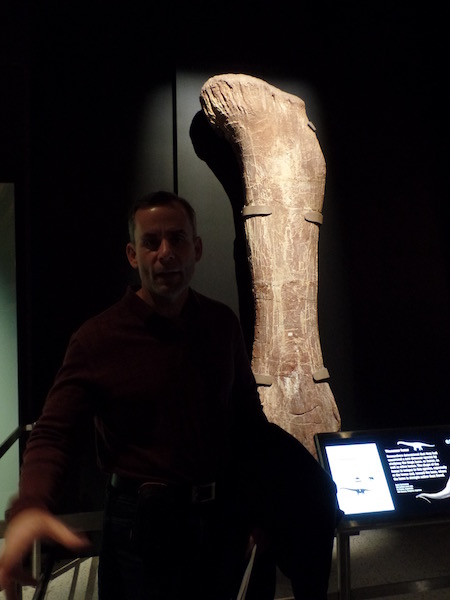
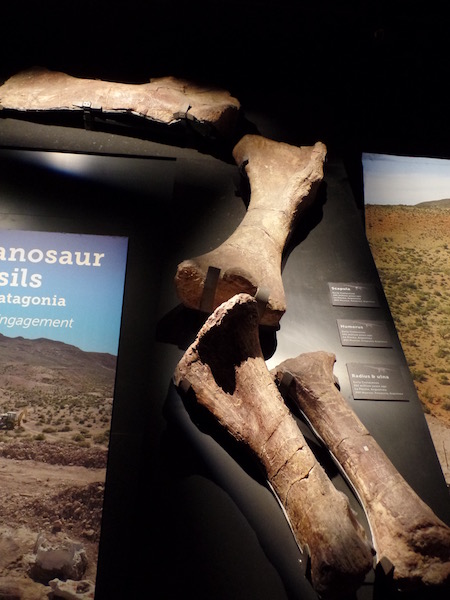
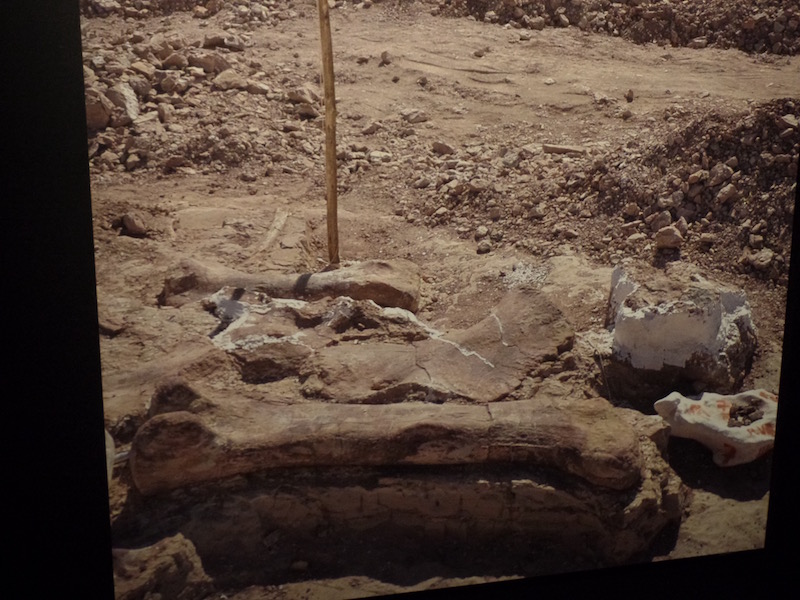
This is the jaws of a Carcharodon megalodon (sharp tooth), which is the most famous extinct shark .. it easily dwarfed the modern white shark.
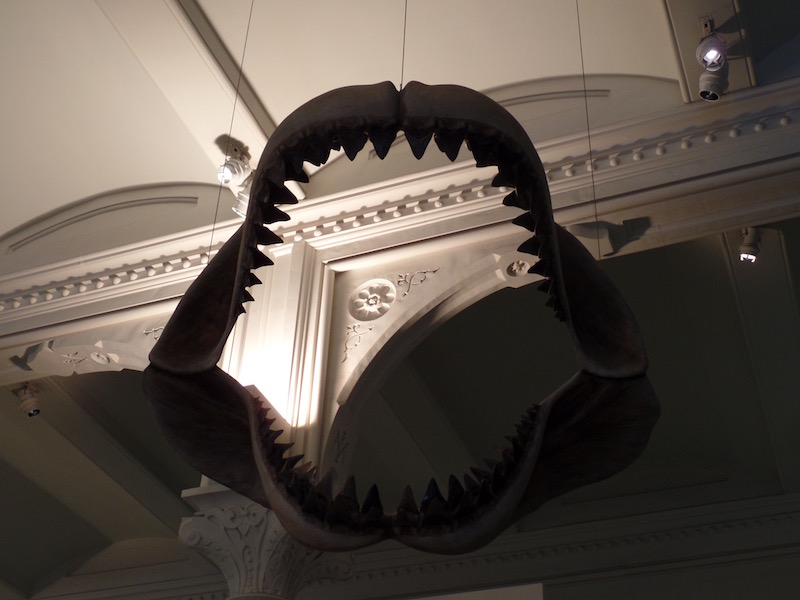
A Buettneria was one of a group of large temnospondyls that lived in the Triassic of North America.
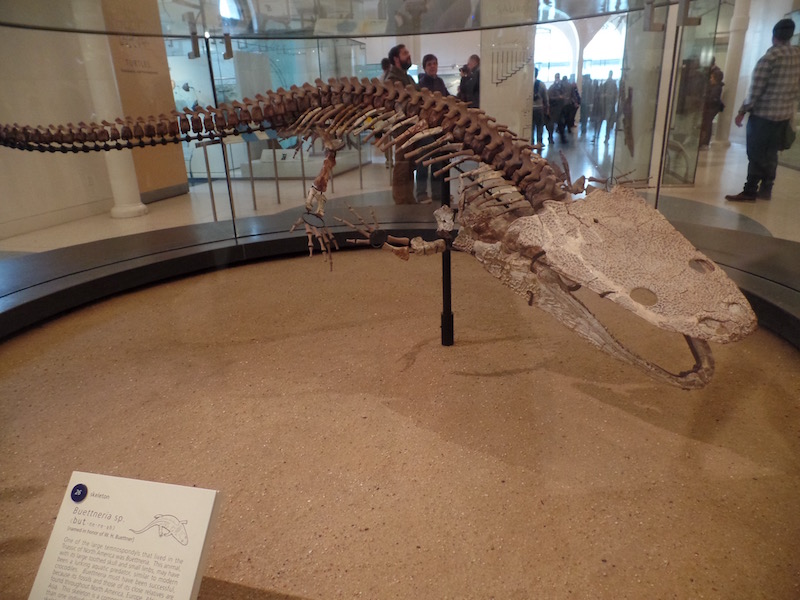
They had a few fossils from flying dinosaurs as well.
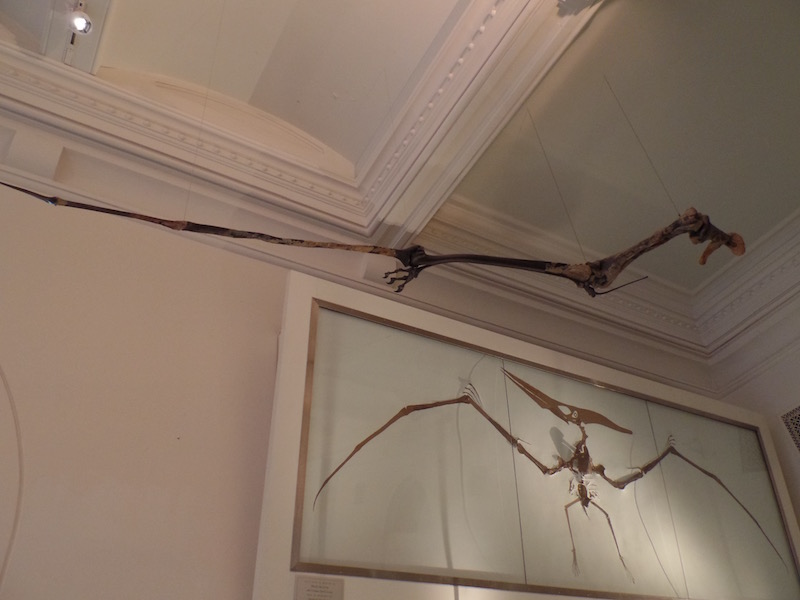
The Milstein Hall of Ocean Life focuses on marine biology, botany and marine conservation. The hall is most famous for this 94-foot-long blue whale model, suspended from the ceiling behind its dorsal fin .. although I liked the huge crab (it reminded us of the big crabs outside of restaurants in Sapporo).
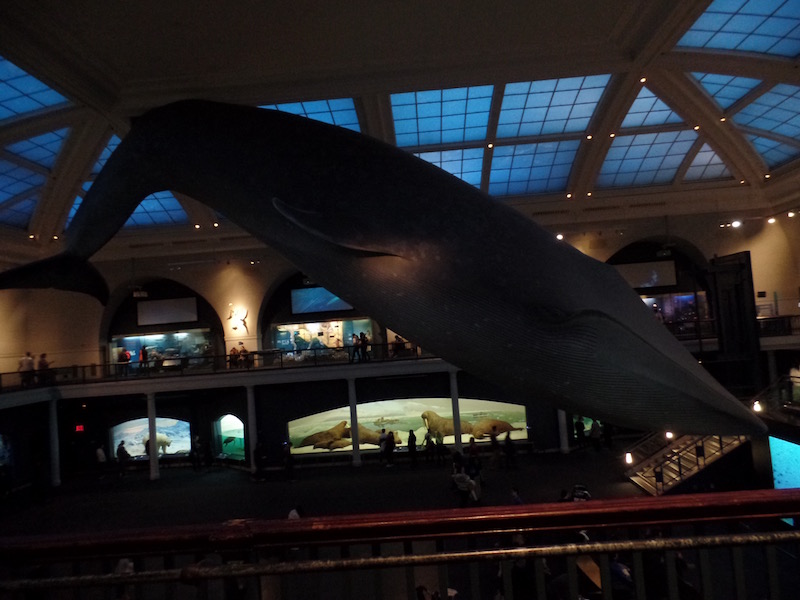
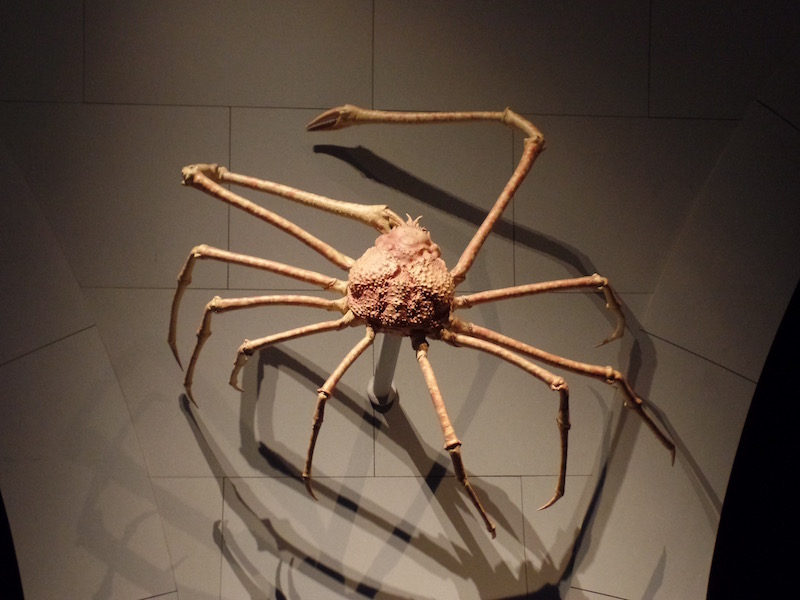
In the Hall of North American Forests is a cross section from a 1,400-year-old sequoia taken from the King's River grove on the west flank of the Sierra Mountains in 1891.
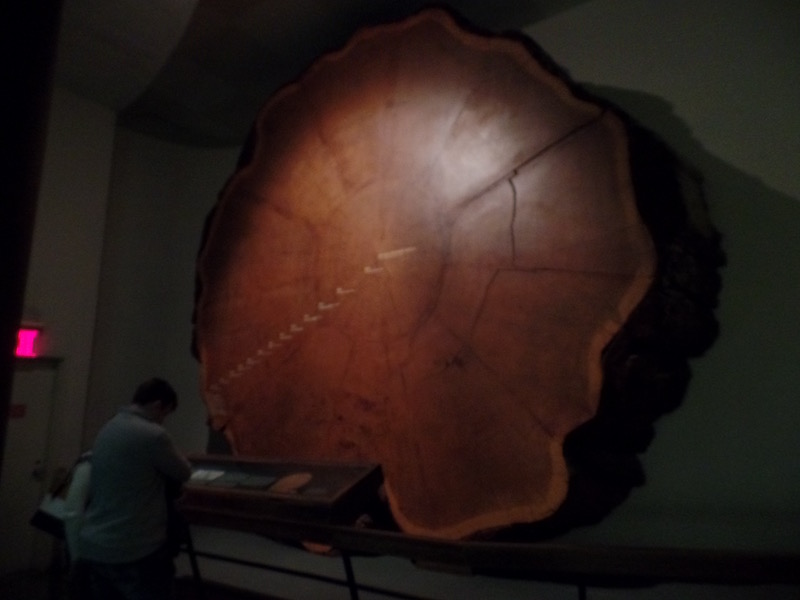
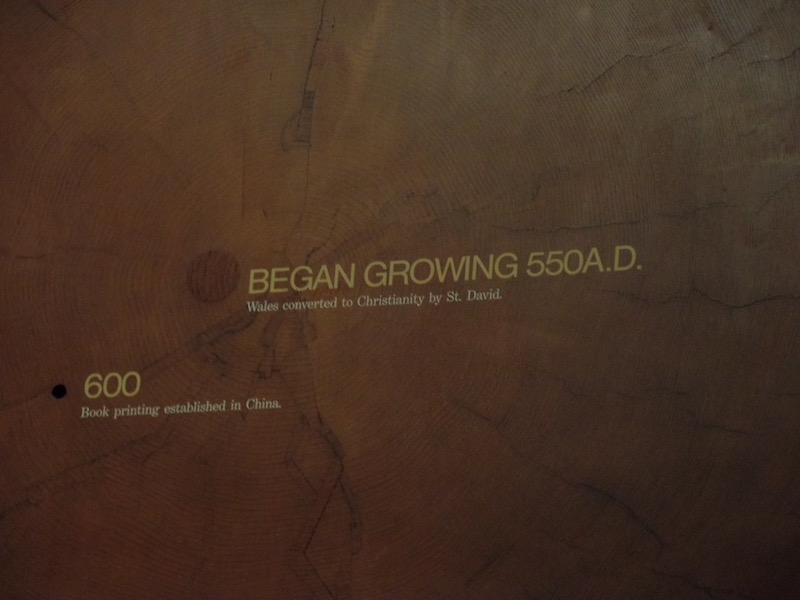
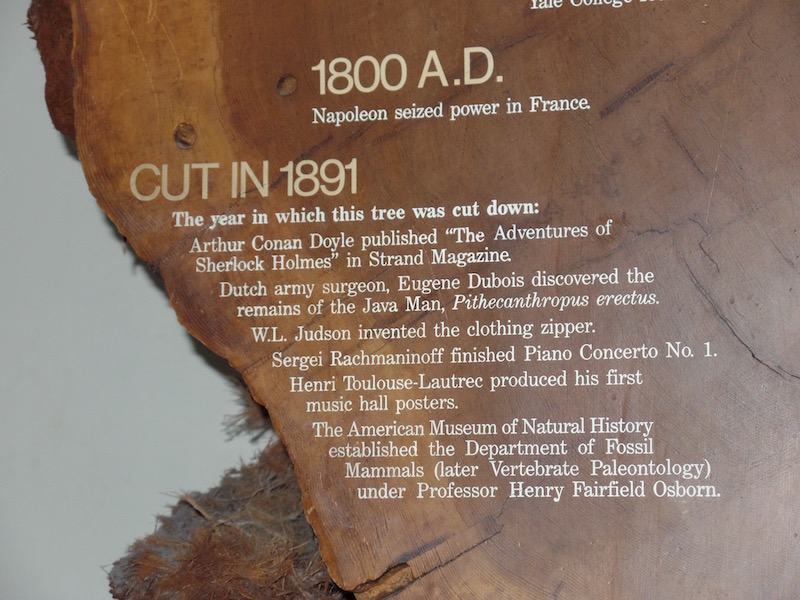
Dinner was a Korean restaurant called Oiji which describes its food as "redefined authentic Korean". Both of the co-chefs/co-owners were born and raised in Korea and worked in Seoul before coming to the US.
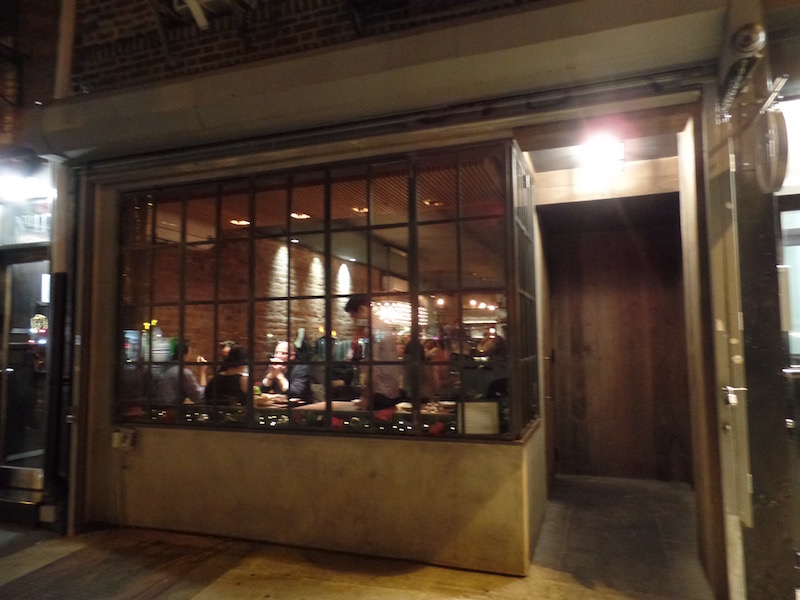
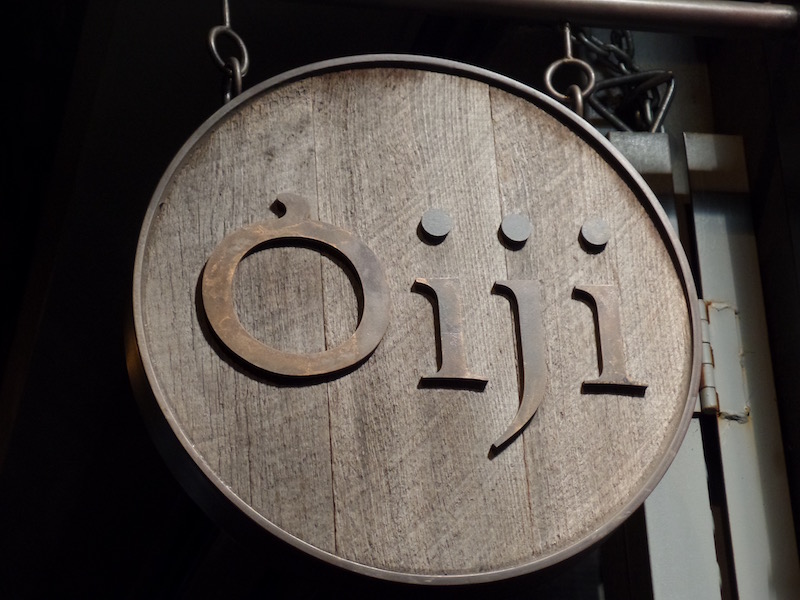
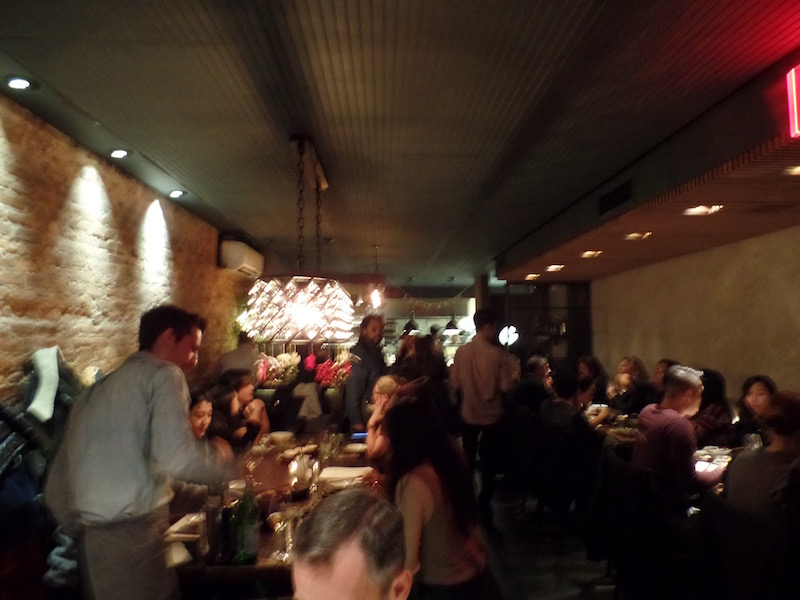
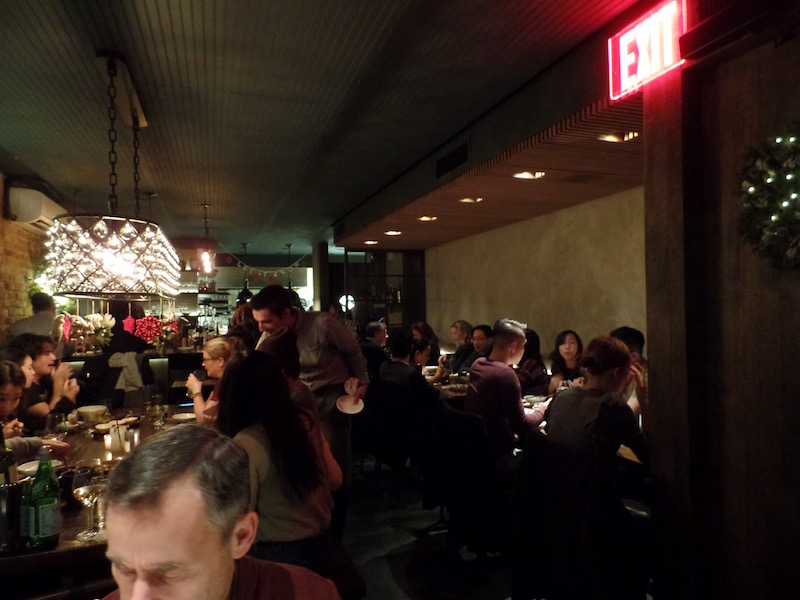
We had to both do Korean drinks: I went with the Korean Plum Liqueur called Seoljoongmae (complete with the plums in the bottom) and Tom did the sake flight, which included Yobo Soju, Hwa Yo Soju, and Tokki Soju.
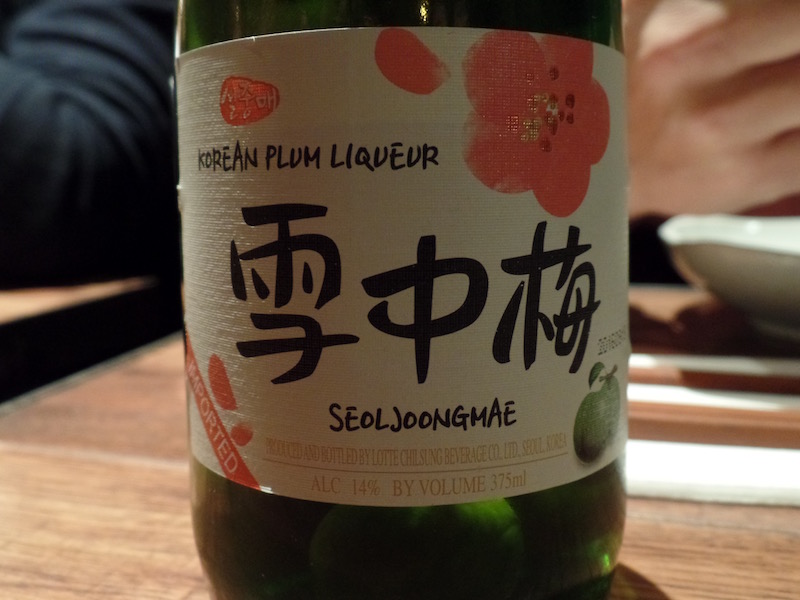
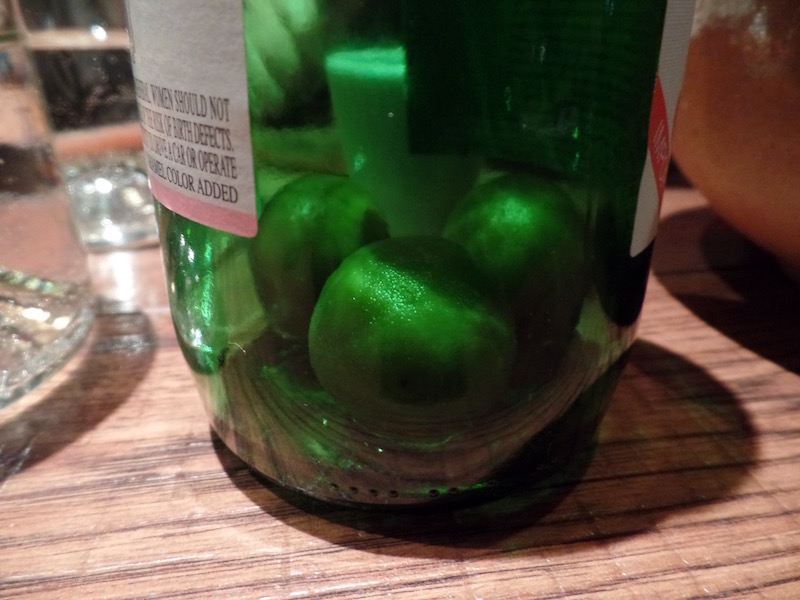
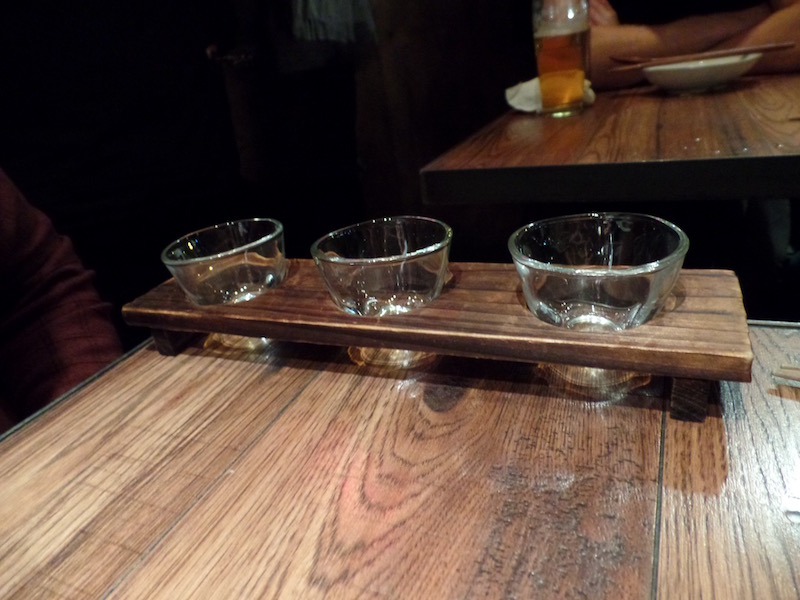
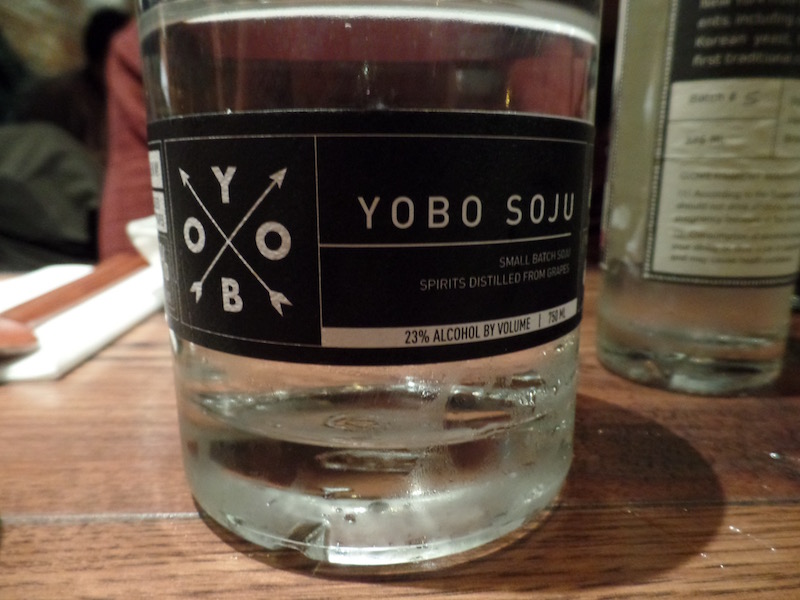
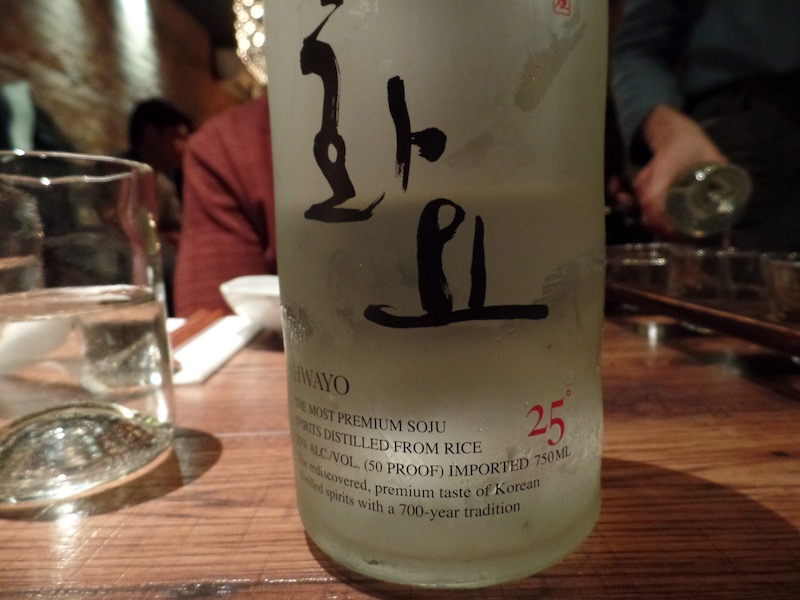
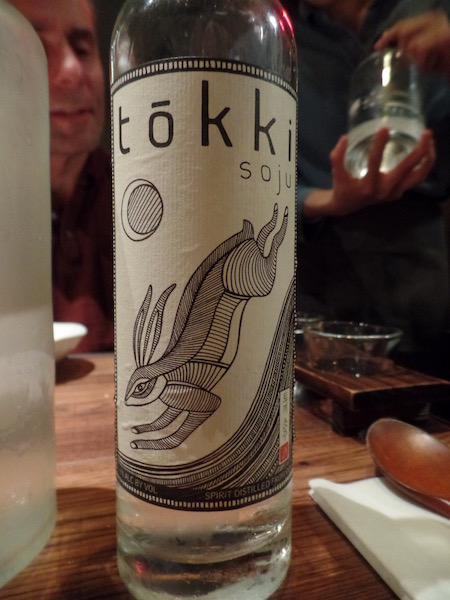
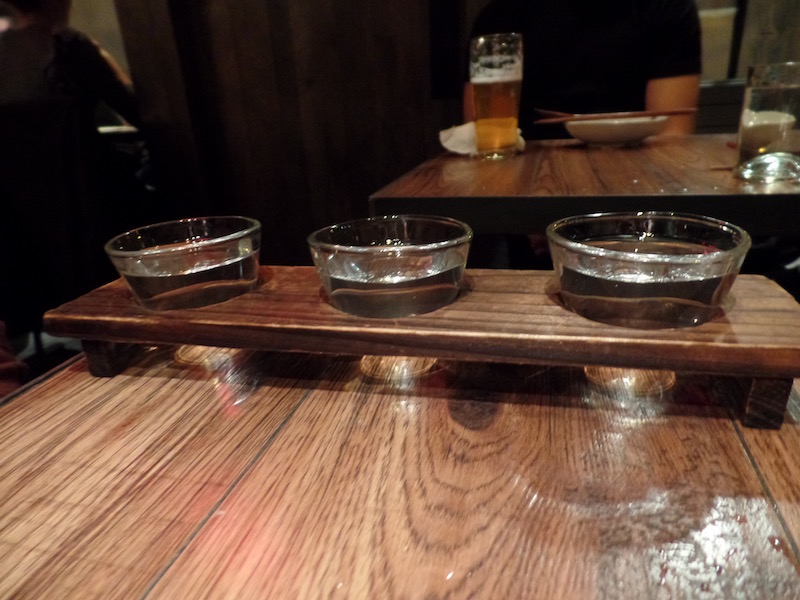
For dinner, we shared Fried Chicken with Spicy Soy vinaigrette, Jang-jo-rim with buttered rice and soft boiled egg, and the pine leaves smoked mackerel with citrus soy. We then got a set of handmade dumplings in a white beef broth.
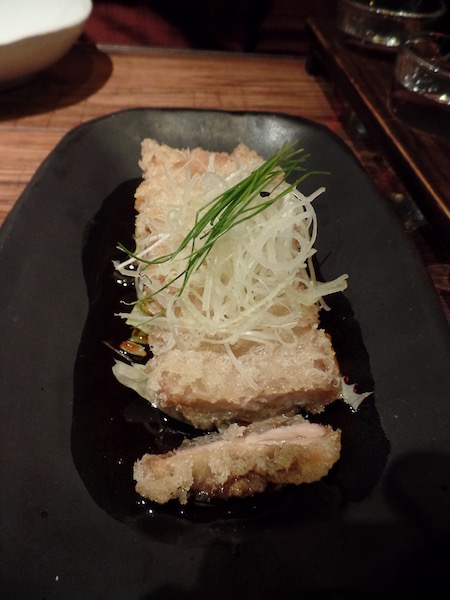
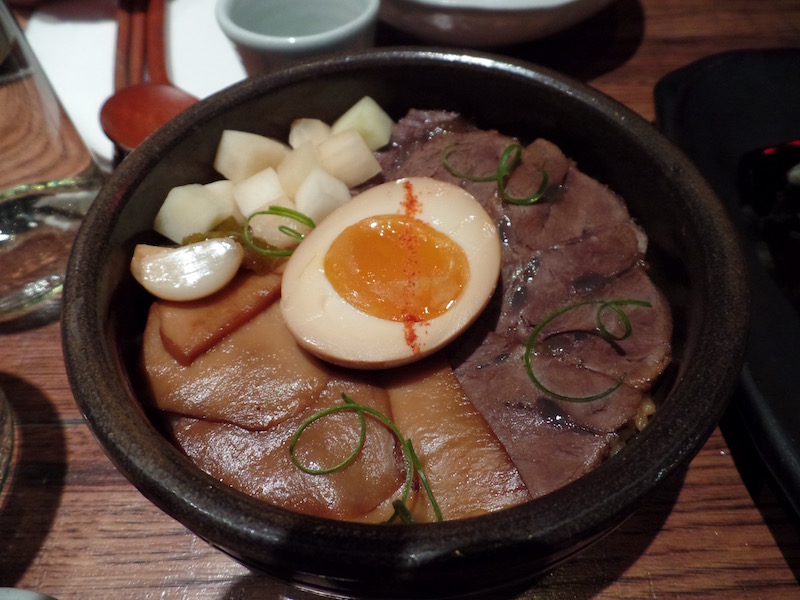
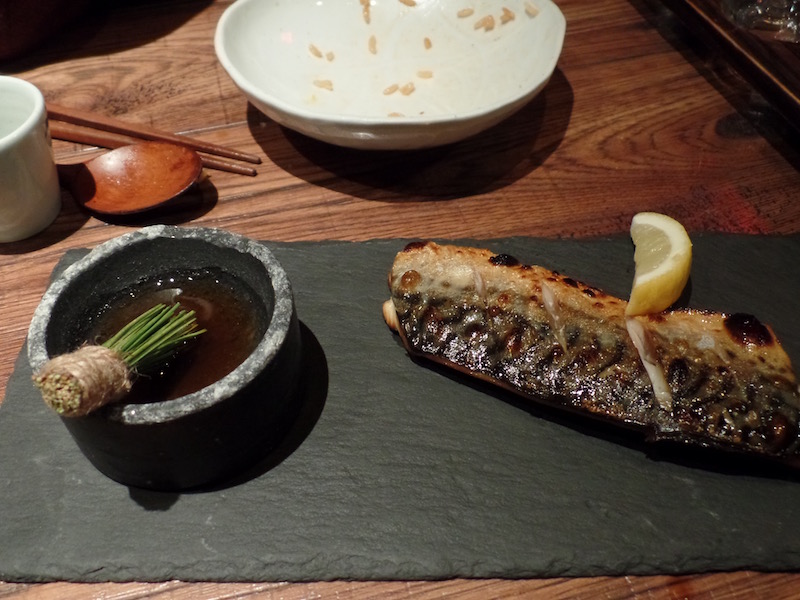
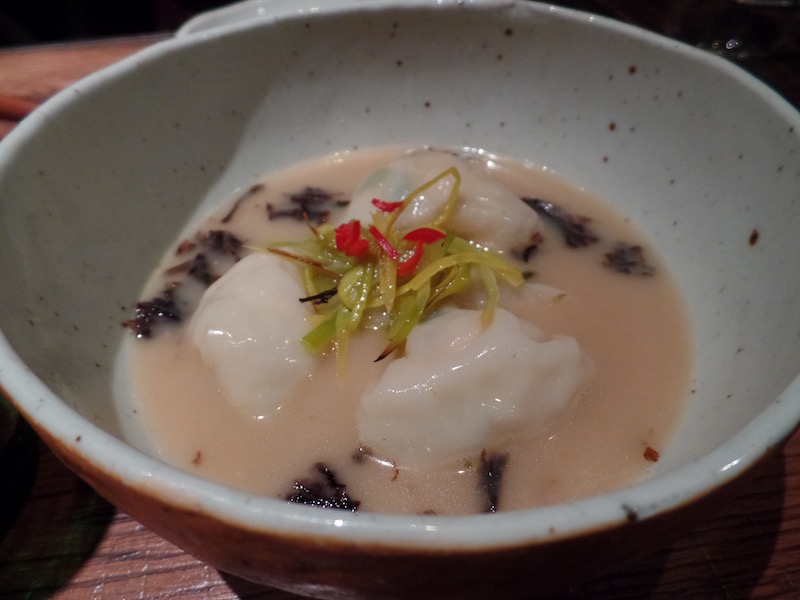
And their famous honey butter chips. They are listed on the menu as a side order, but they come at the end of the meal posing as a dessert. The freshly fried potato chips are glazed with, you guessed it, butter and honey. Now the "back story". About two years ago, a Korean snack company introduced a new potato chip flavored with 'sweet, sweet honey from beehives' and 'gourmet butter' from France. Mass hysteria ensued. Few stores could keep them in stock and those that did rationed one bag to a customer. The snack's social media presence was Kardashian-esque. On eBay, two bags of the chips sold for more than $100.
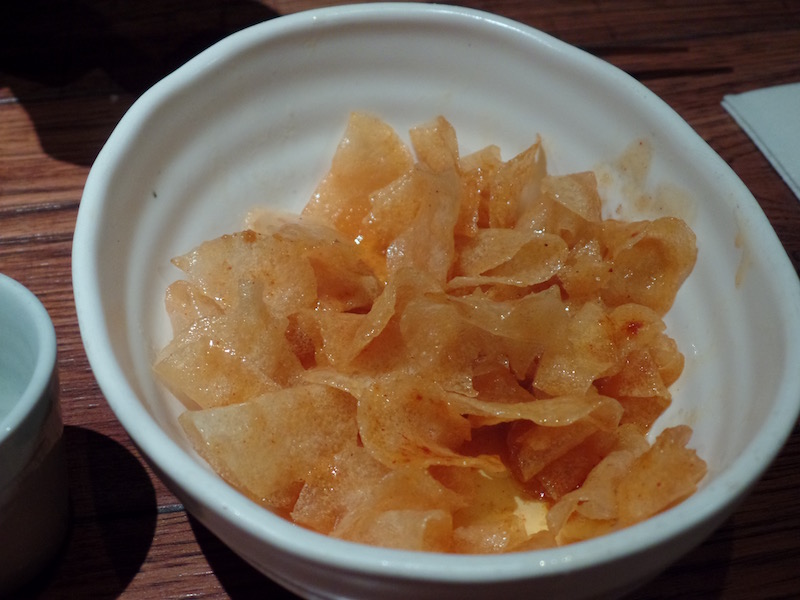
As we headed back to the hotel, we were looking for a coffee place, and found this little Tea place instead ... Physical Graffitea :-) We got a pot of this great cinnamon tea (which I bought some of to bring home) and some little cookies. It was a quaint little place .. just what I picture in "the Village"!
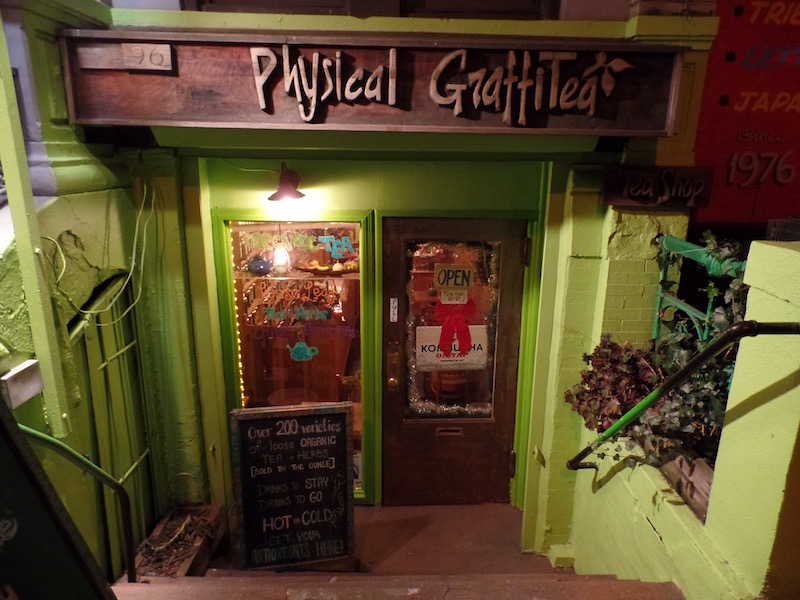
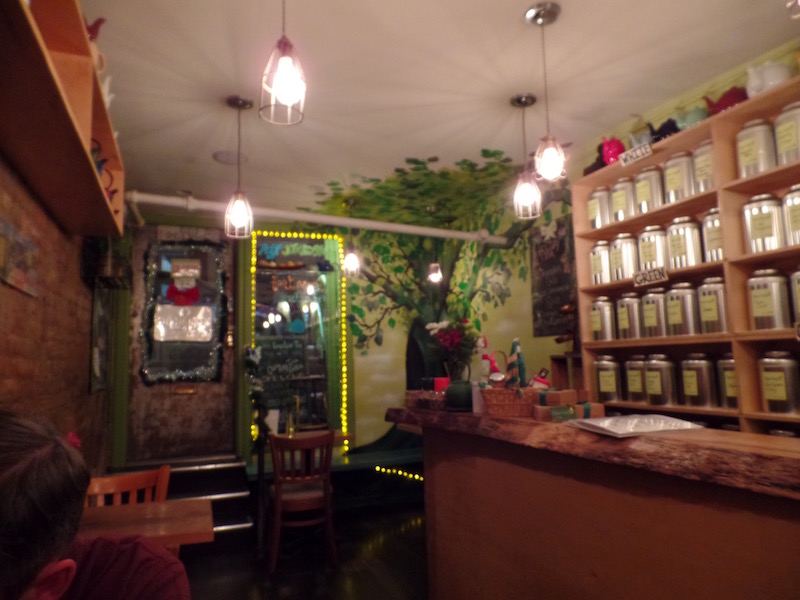
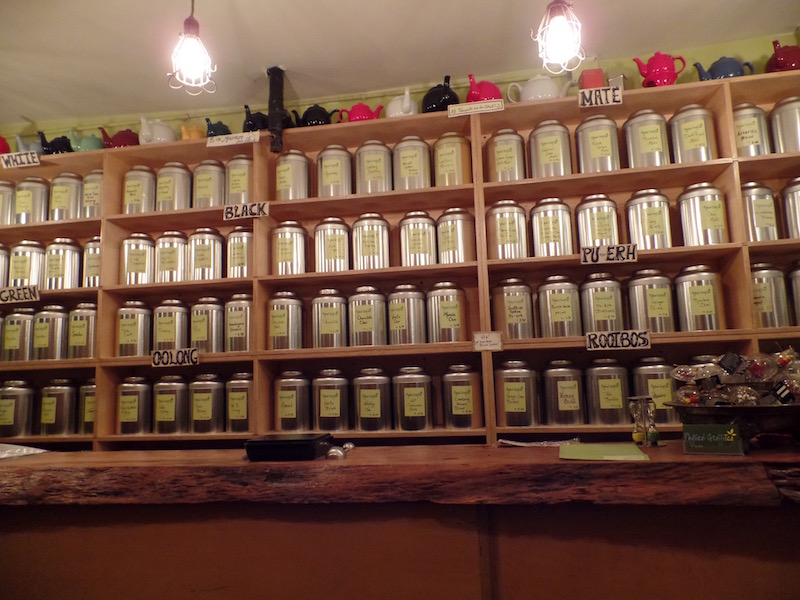
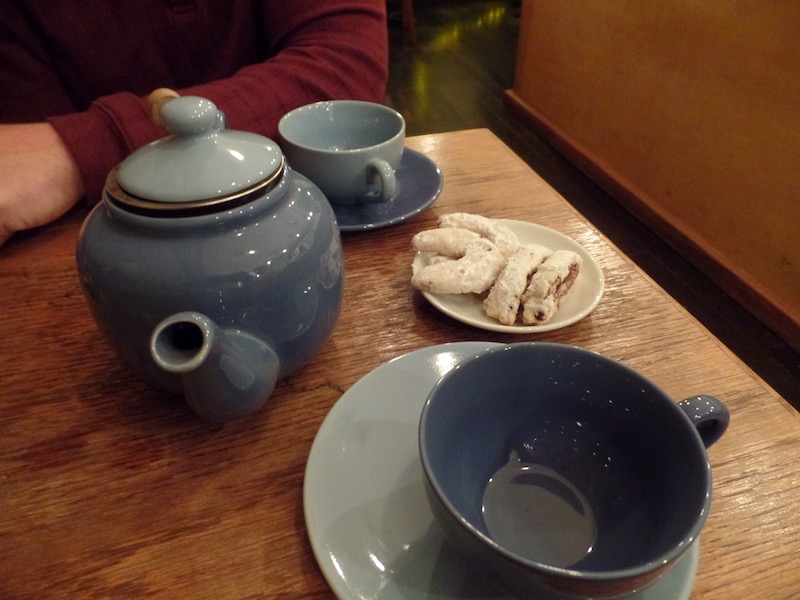
Proceed to NYC Day 5